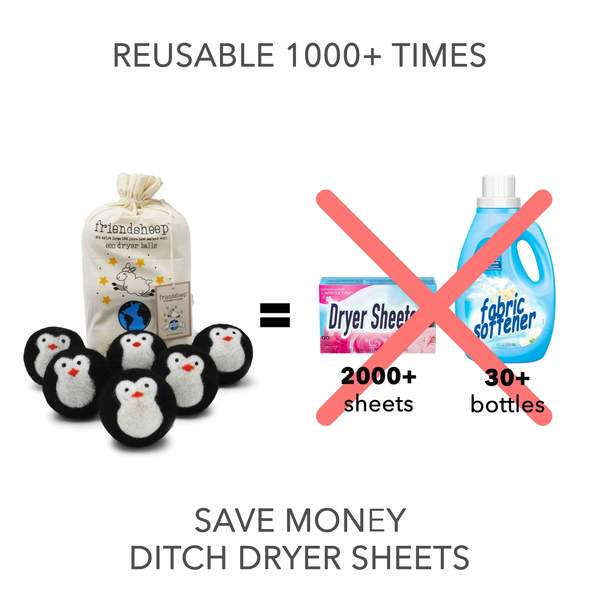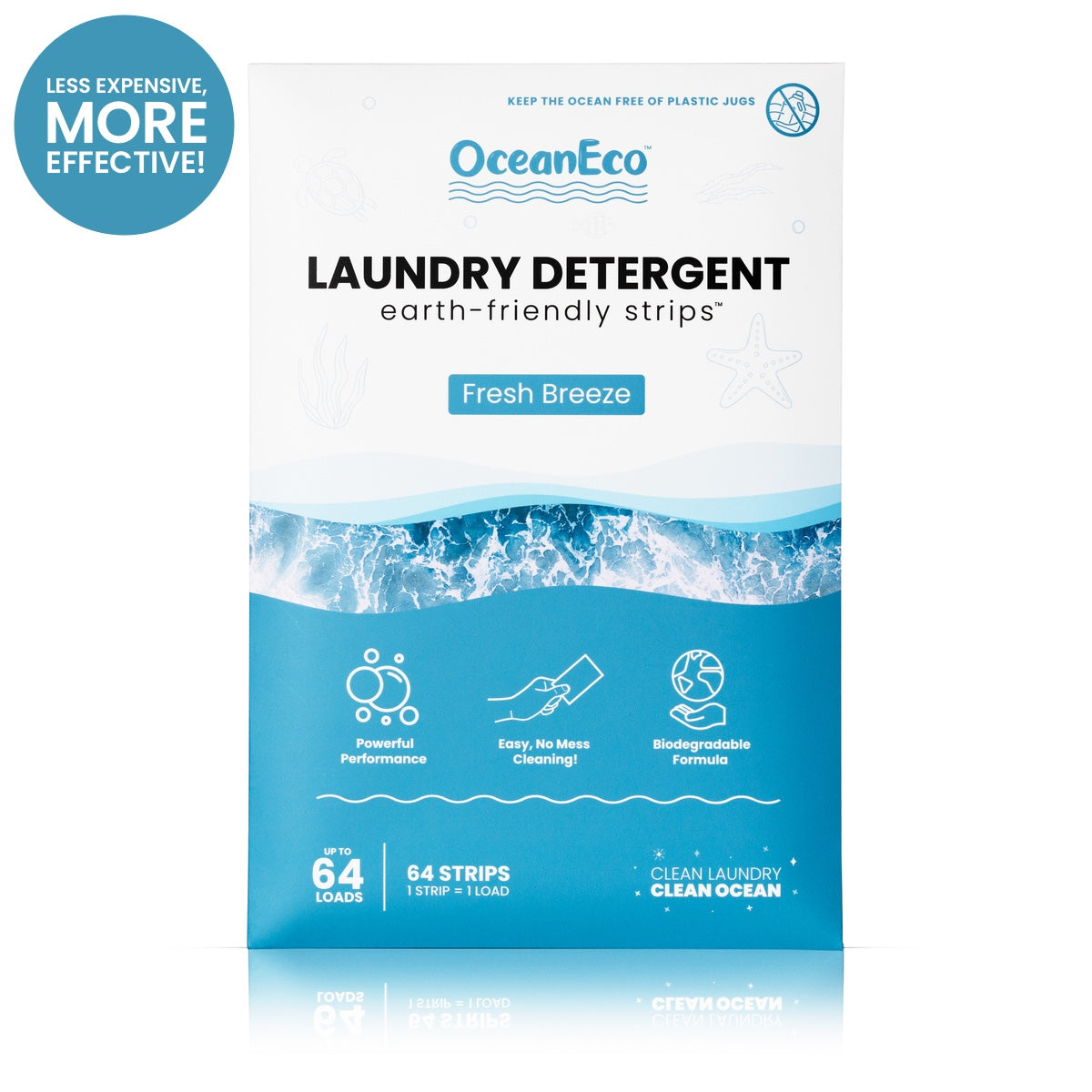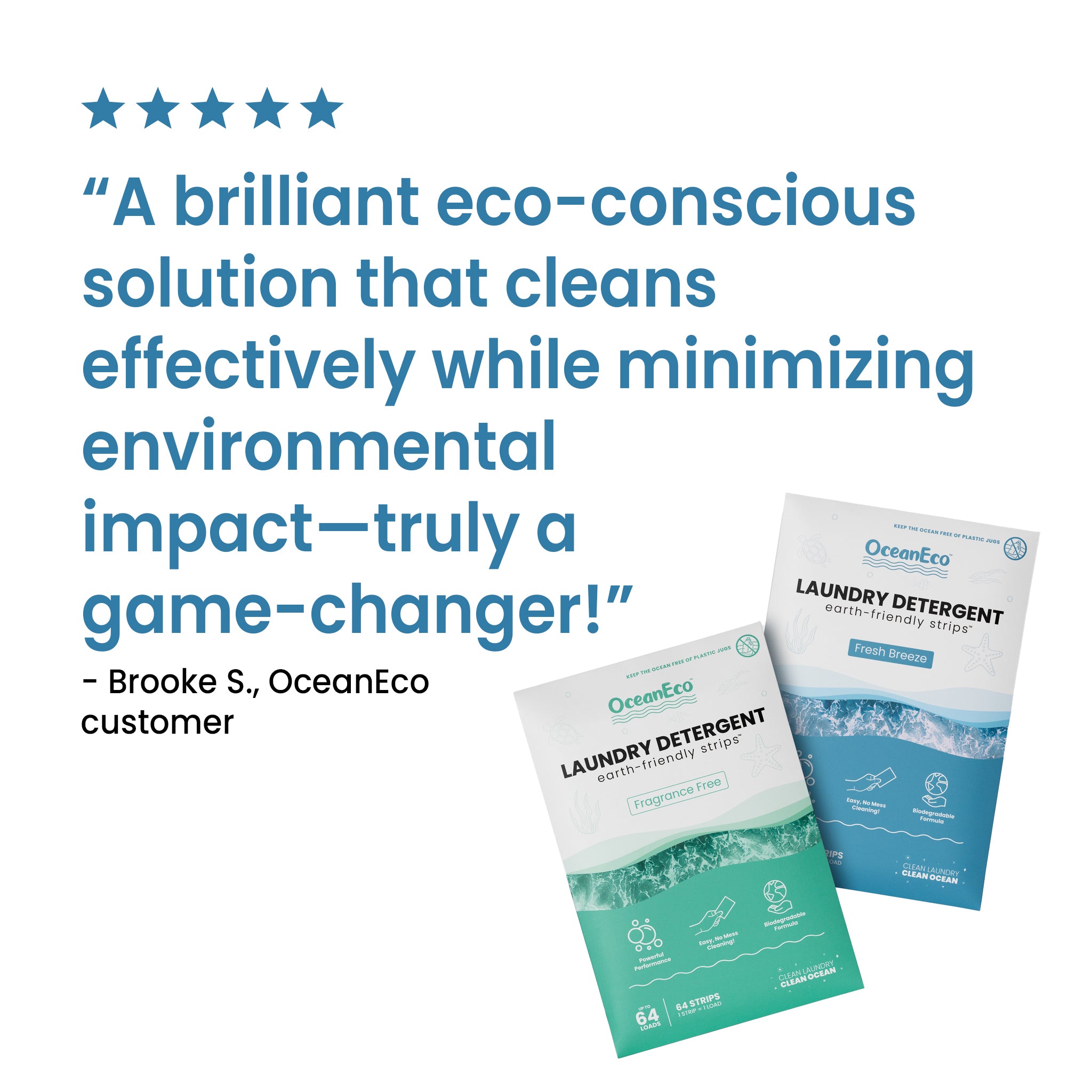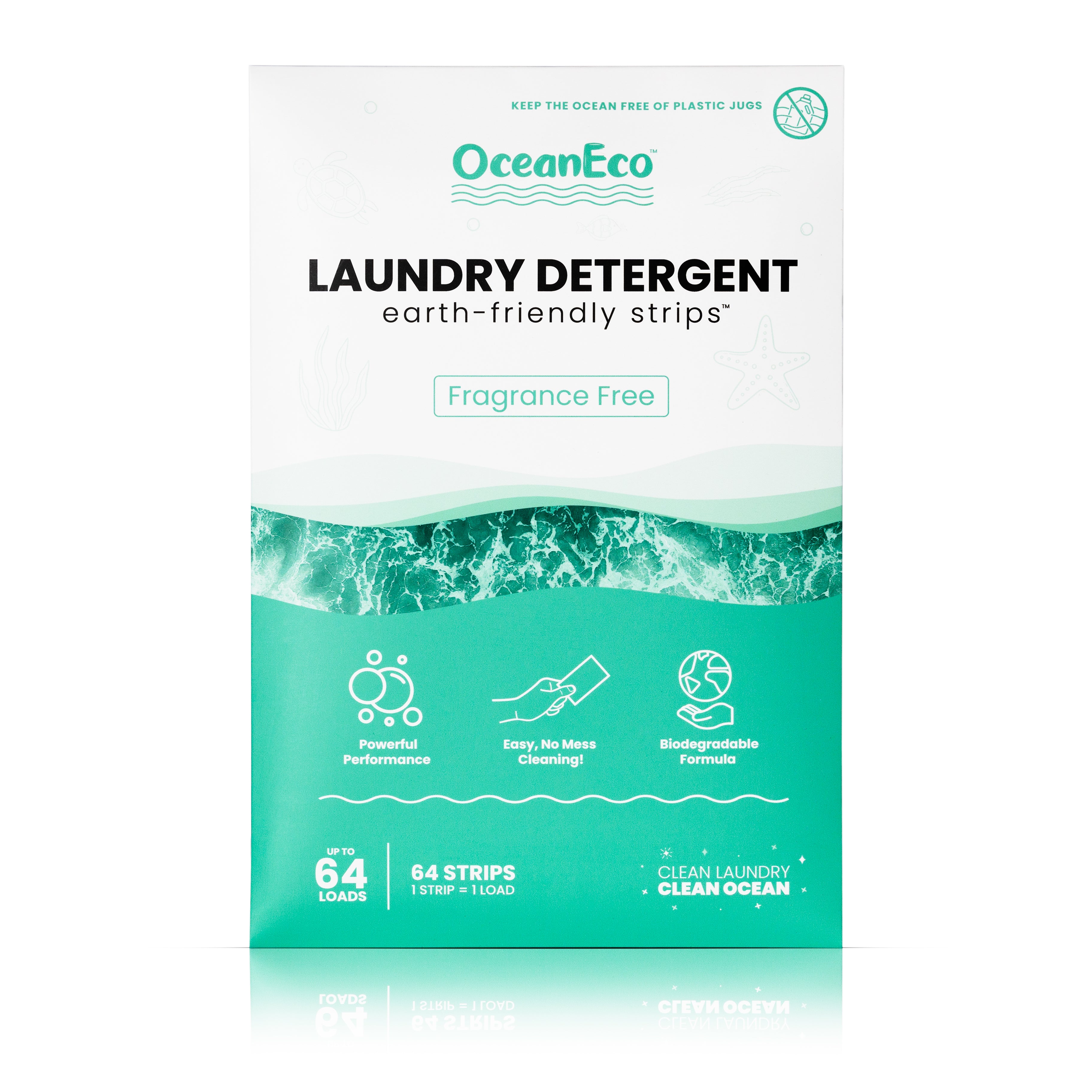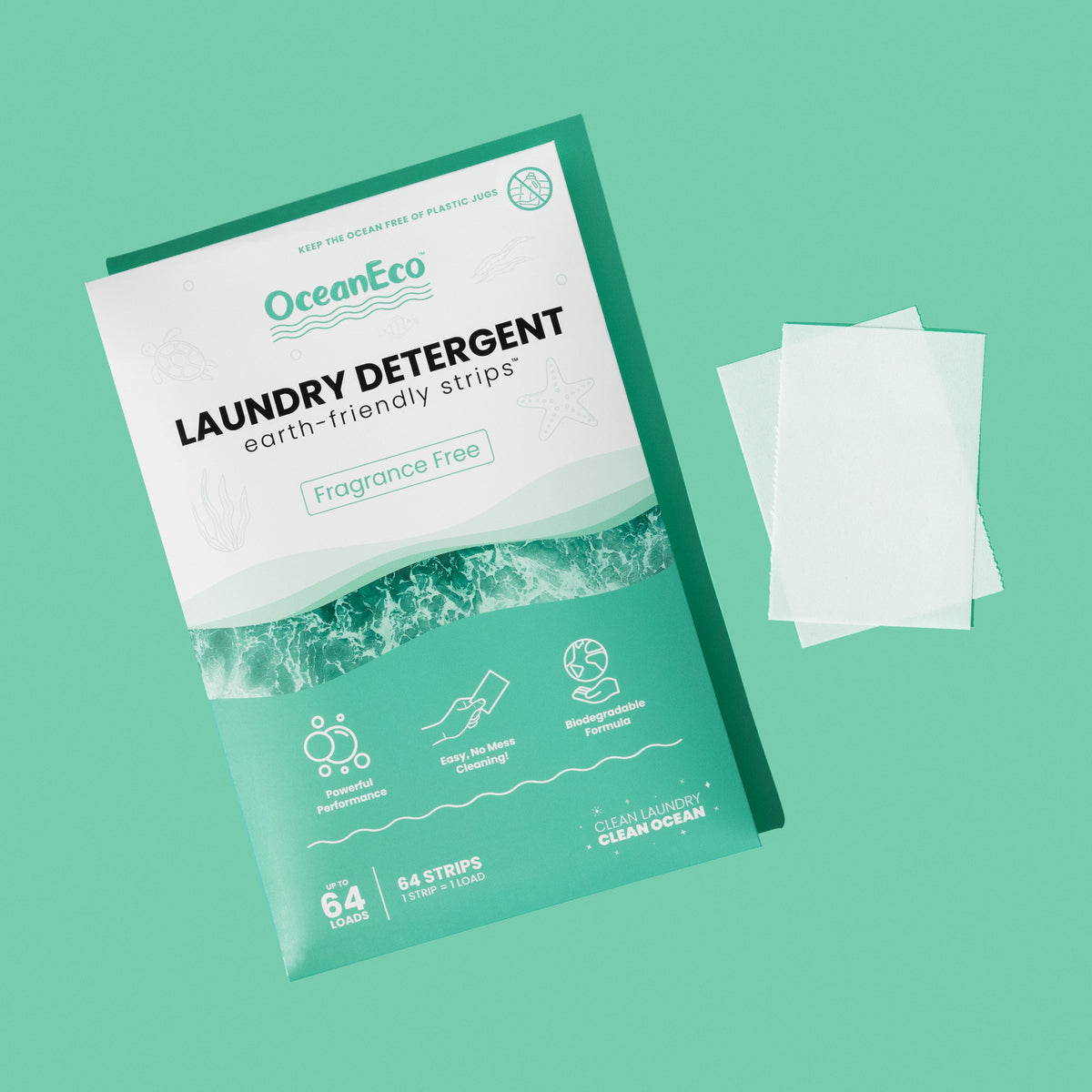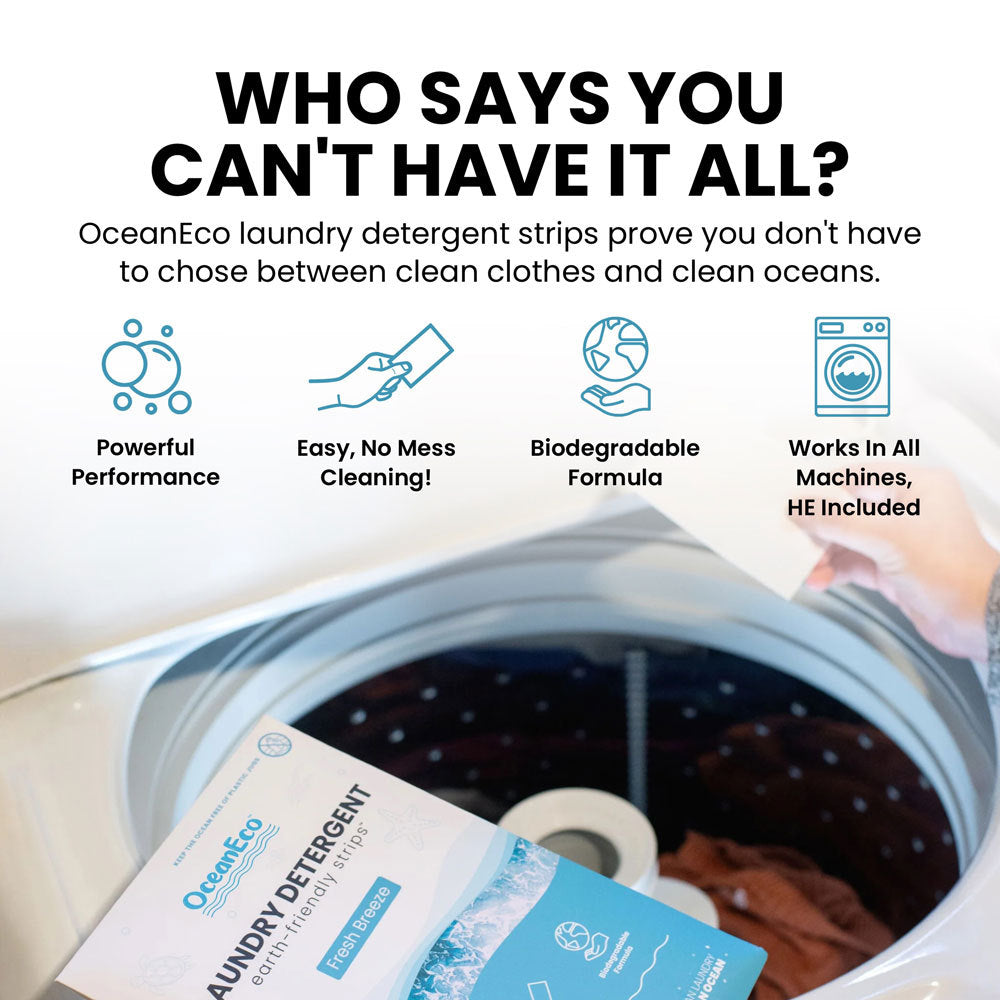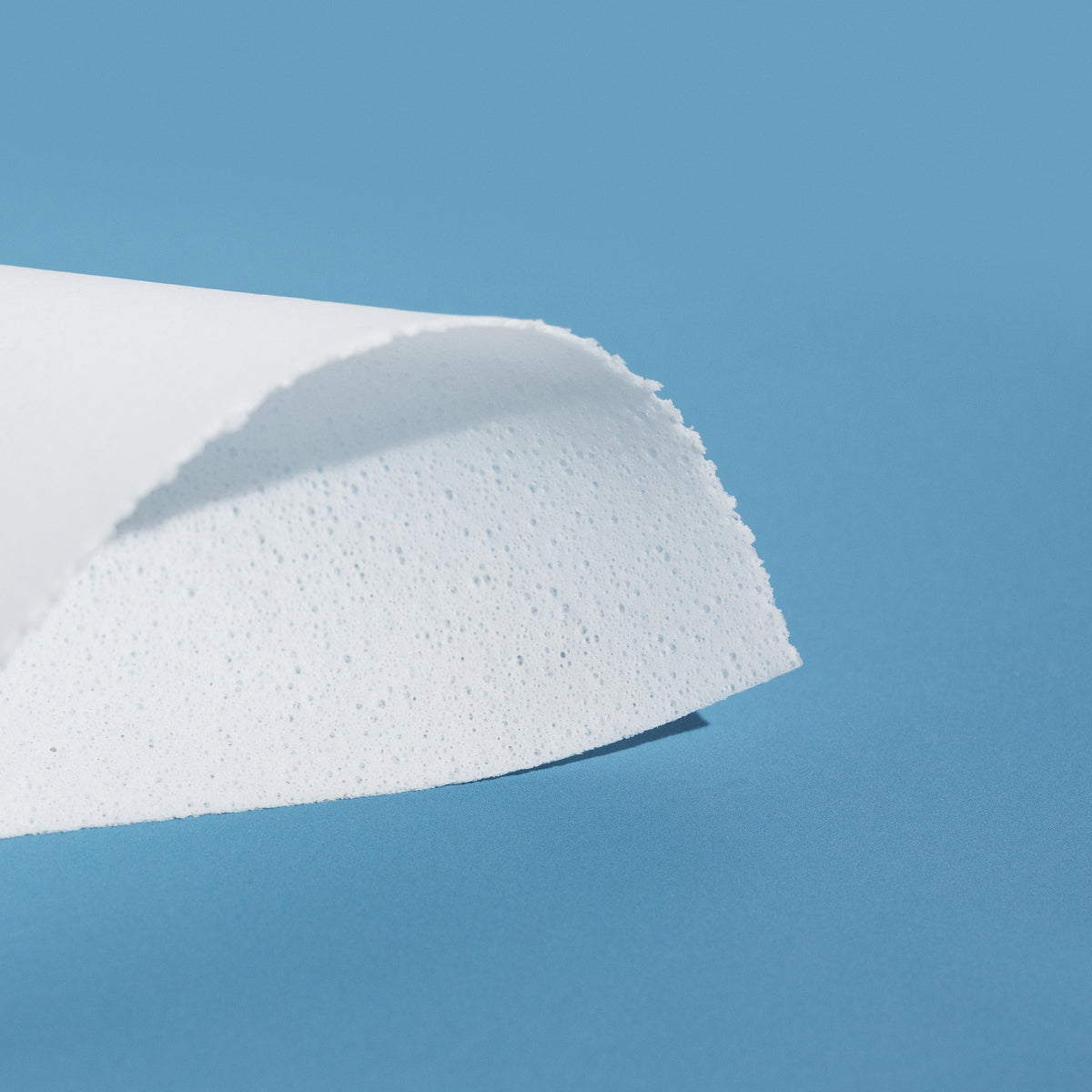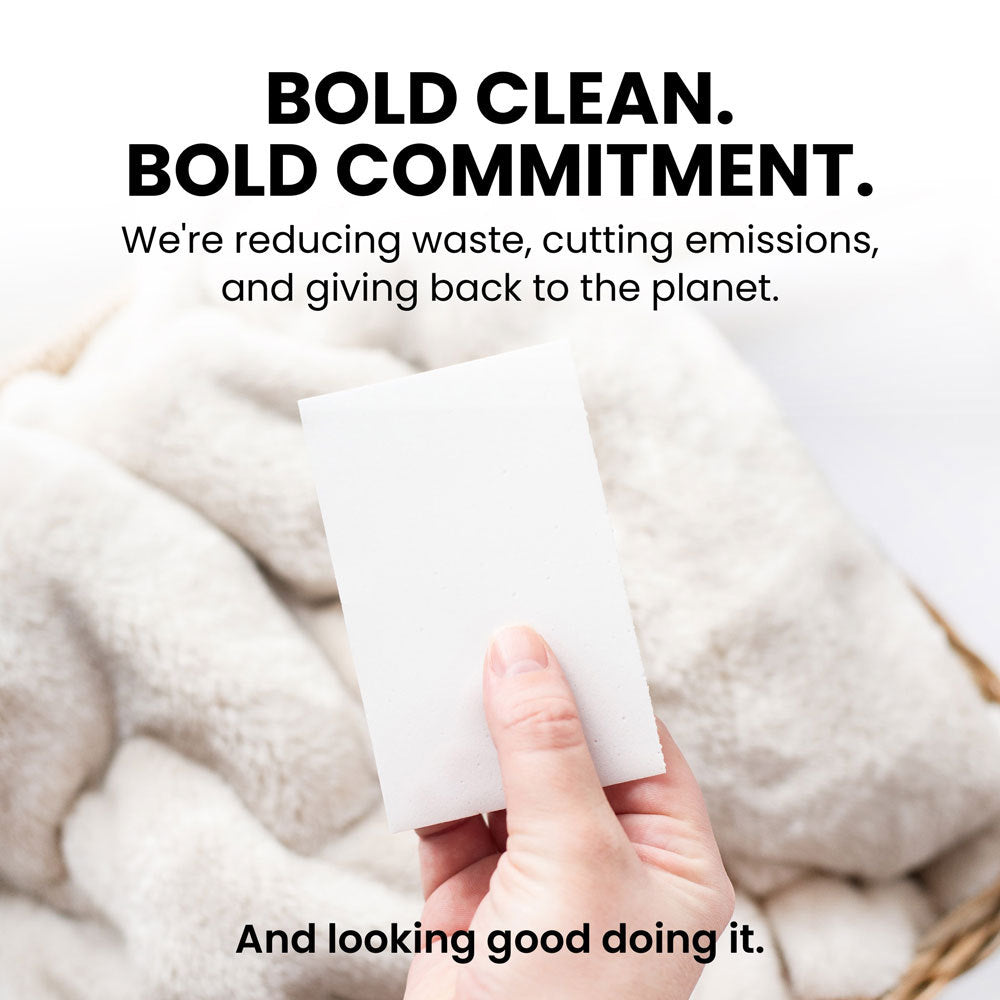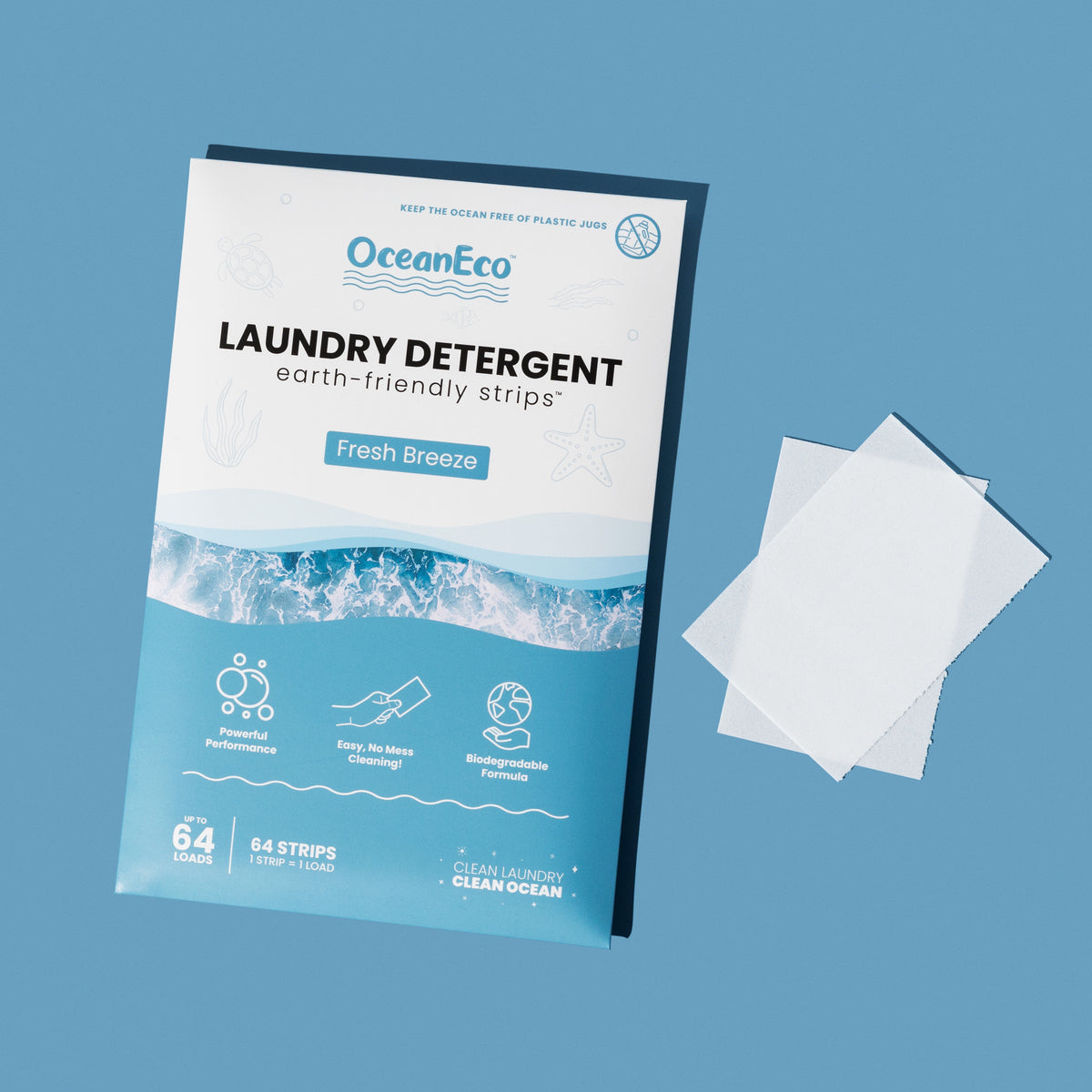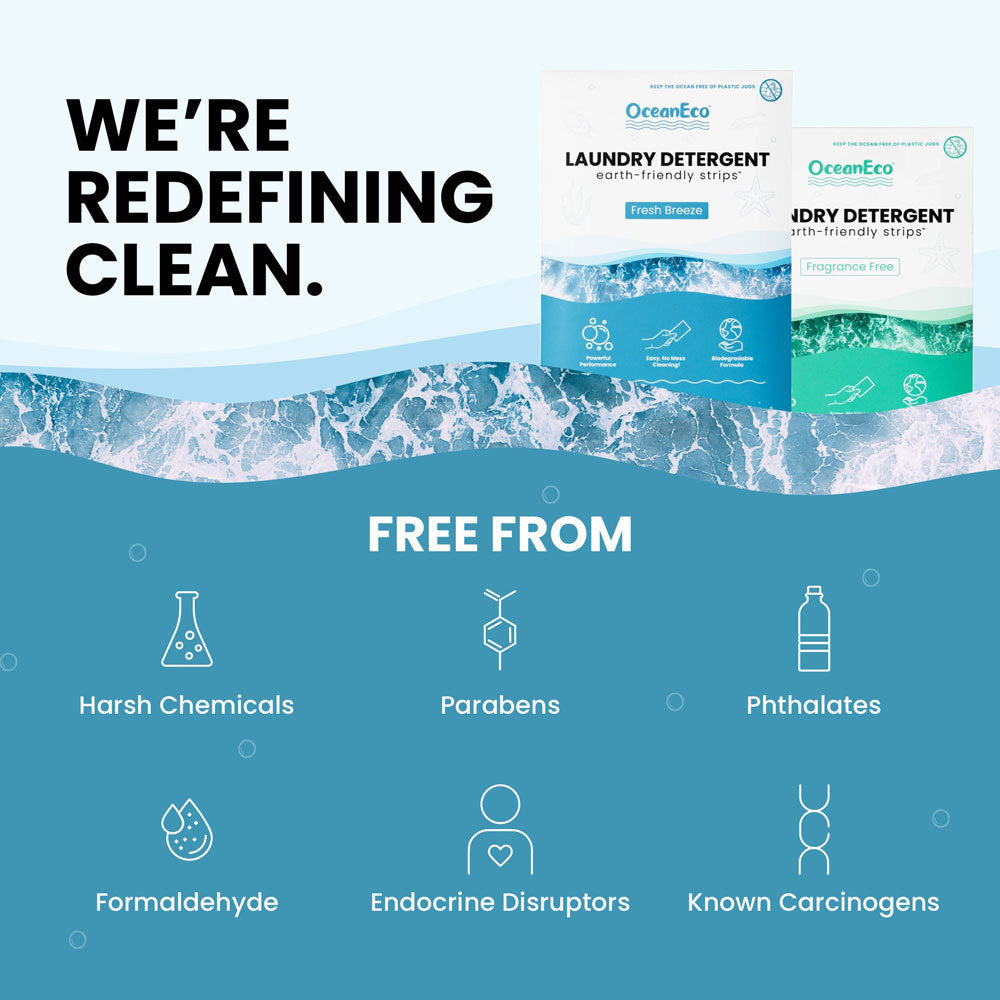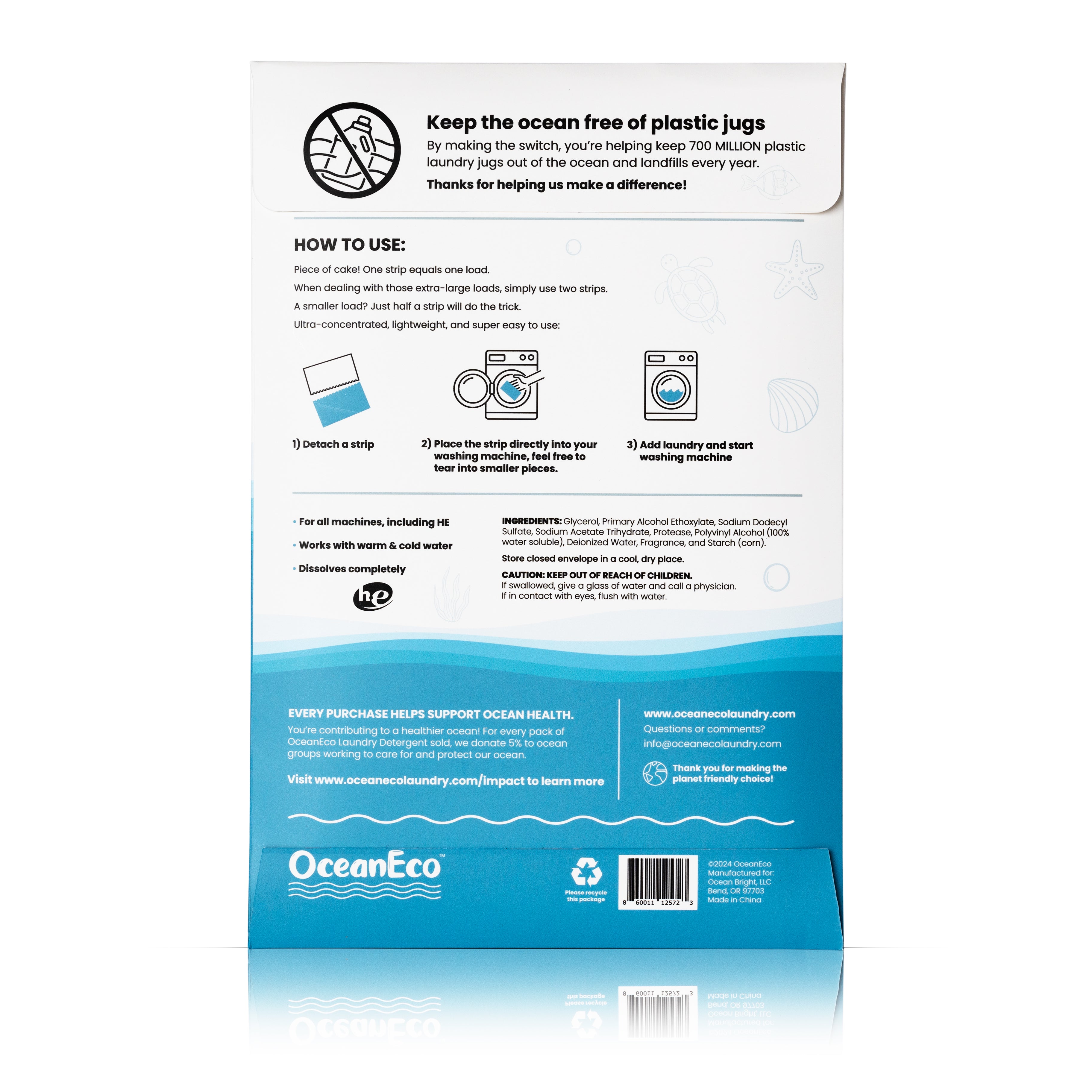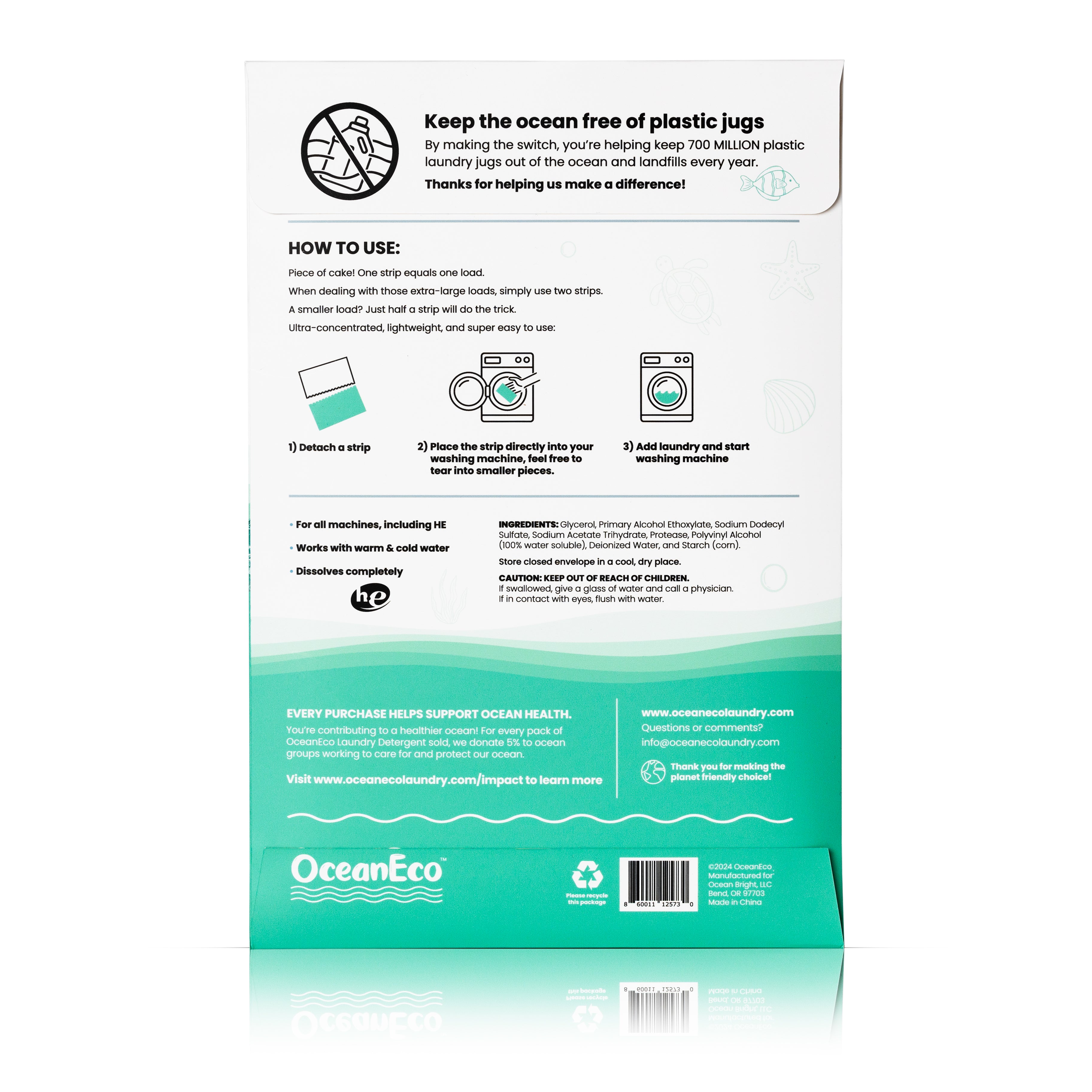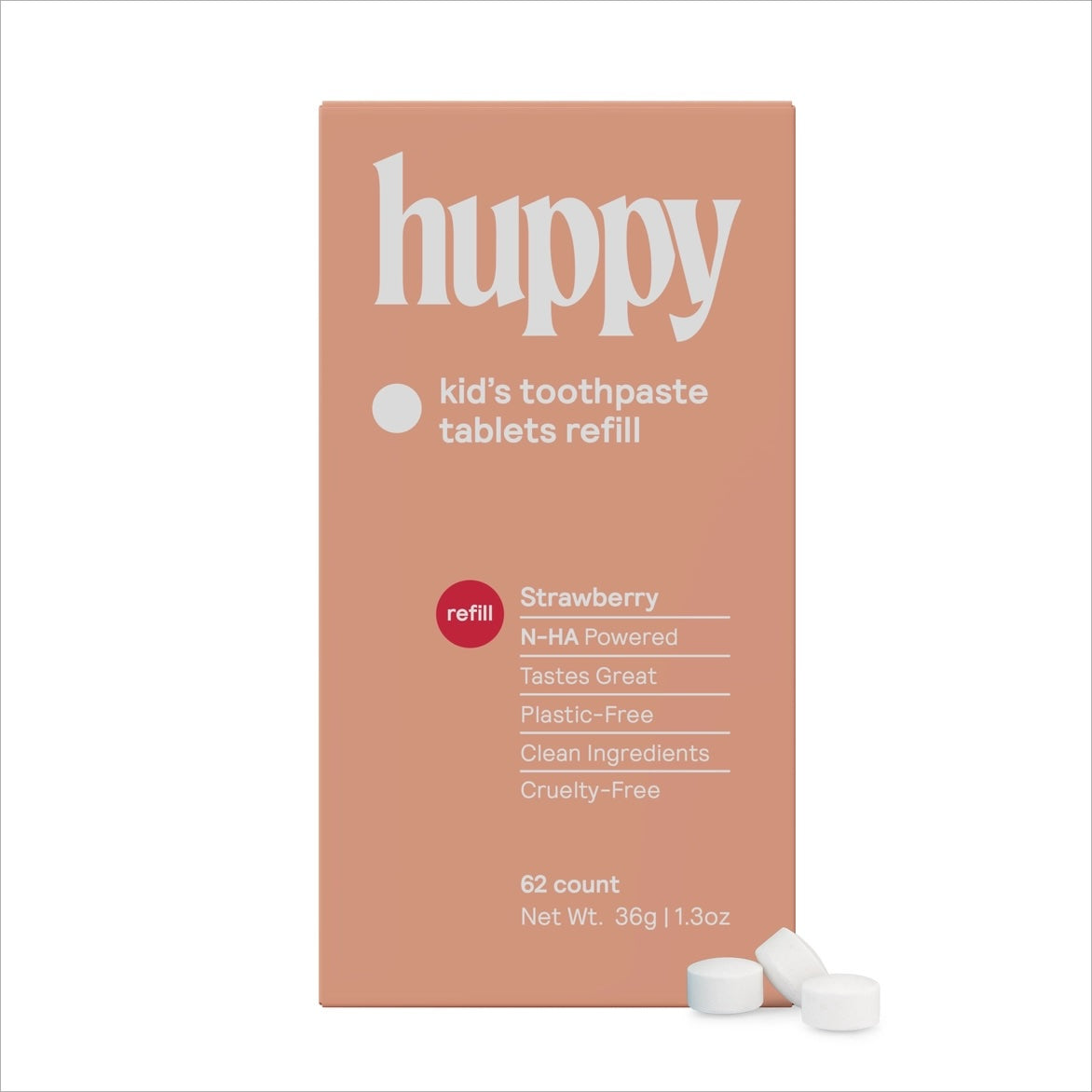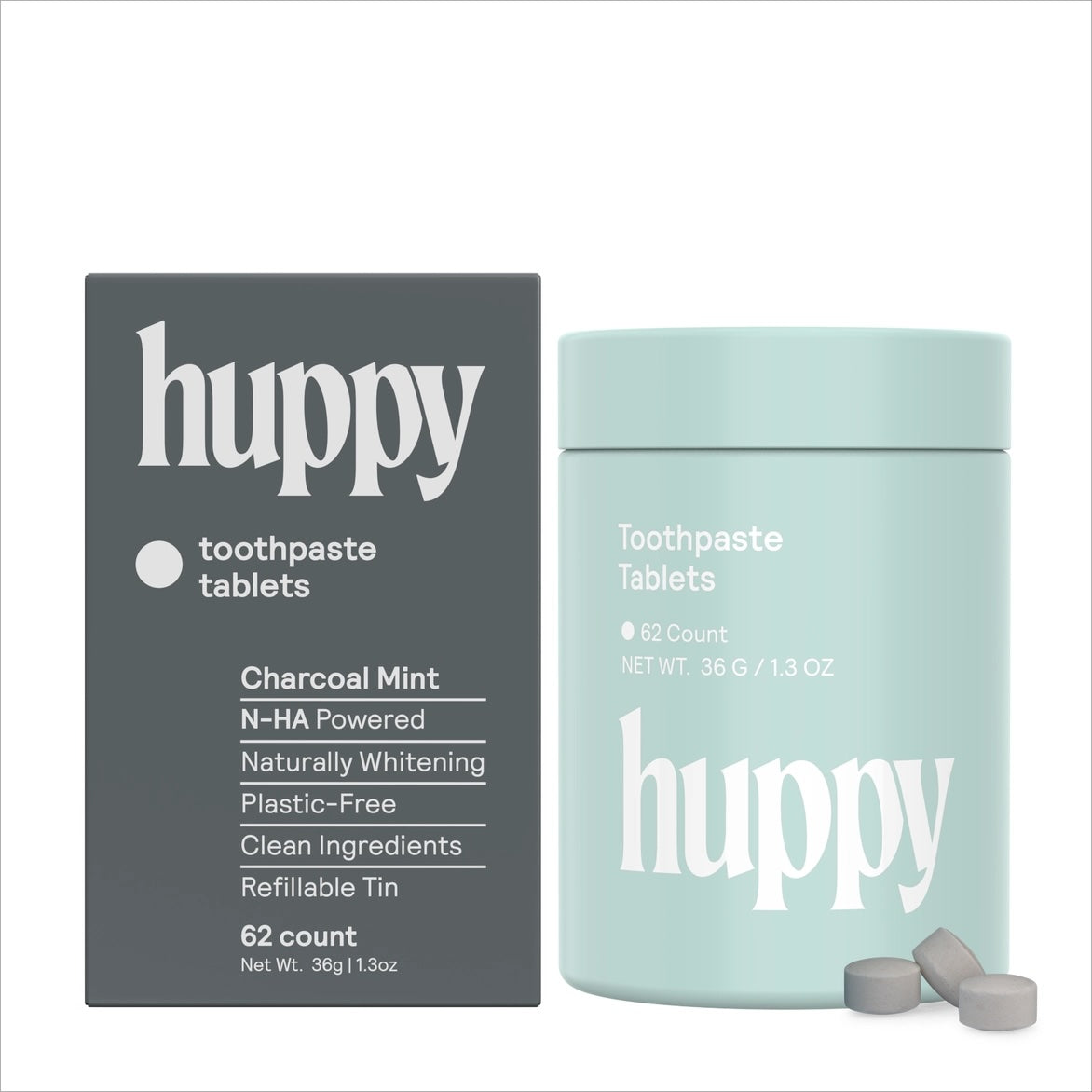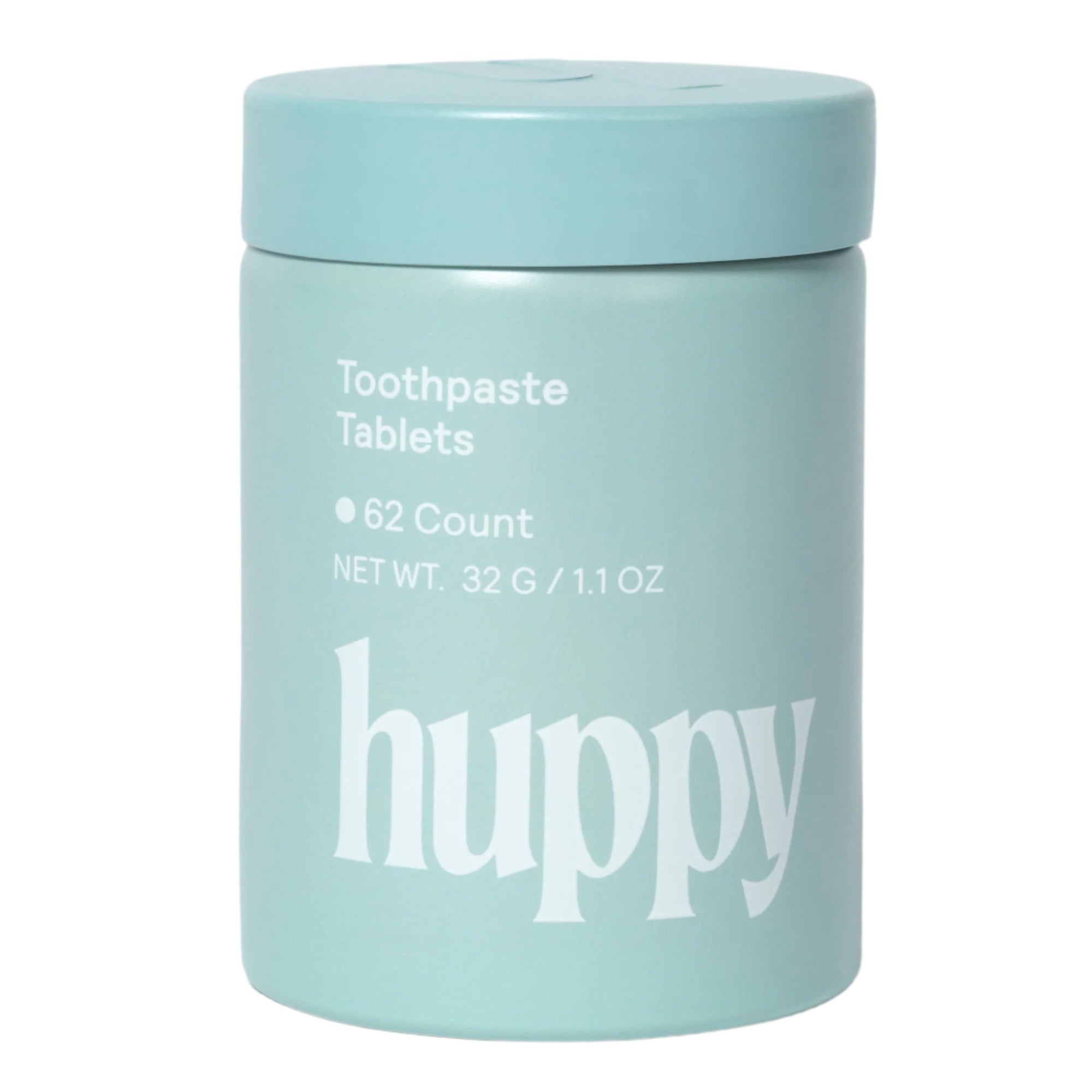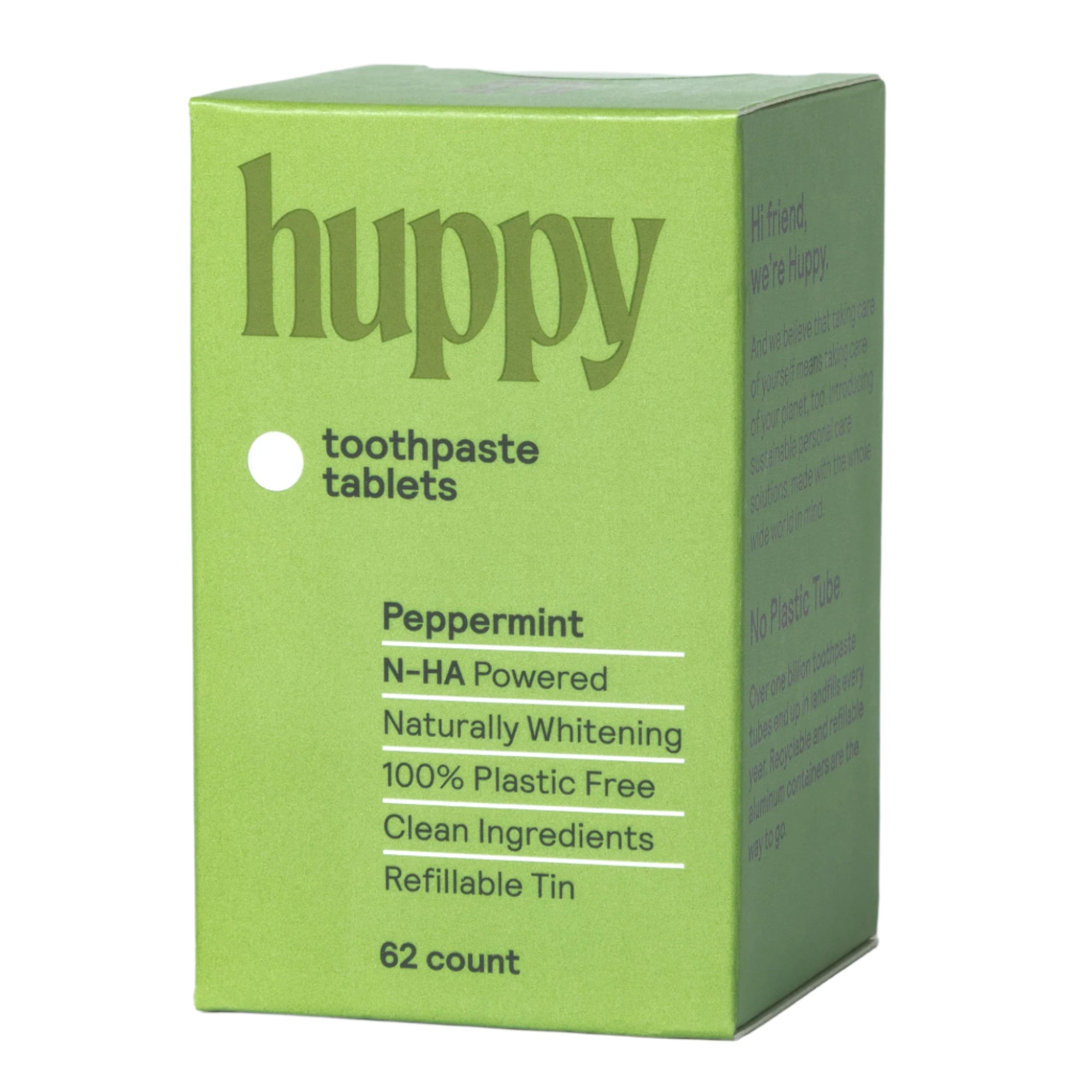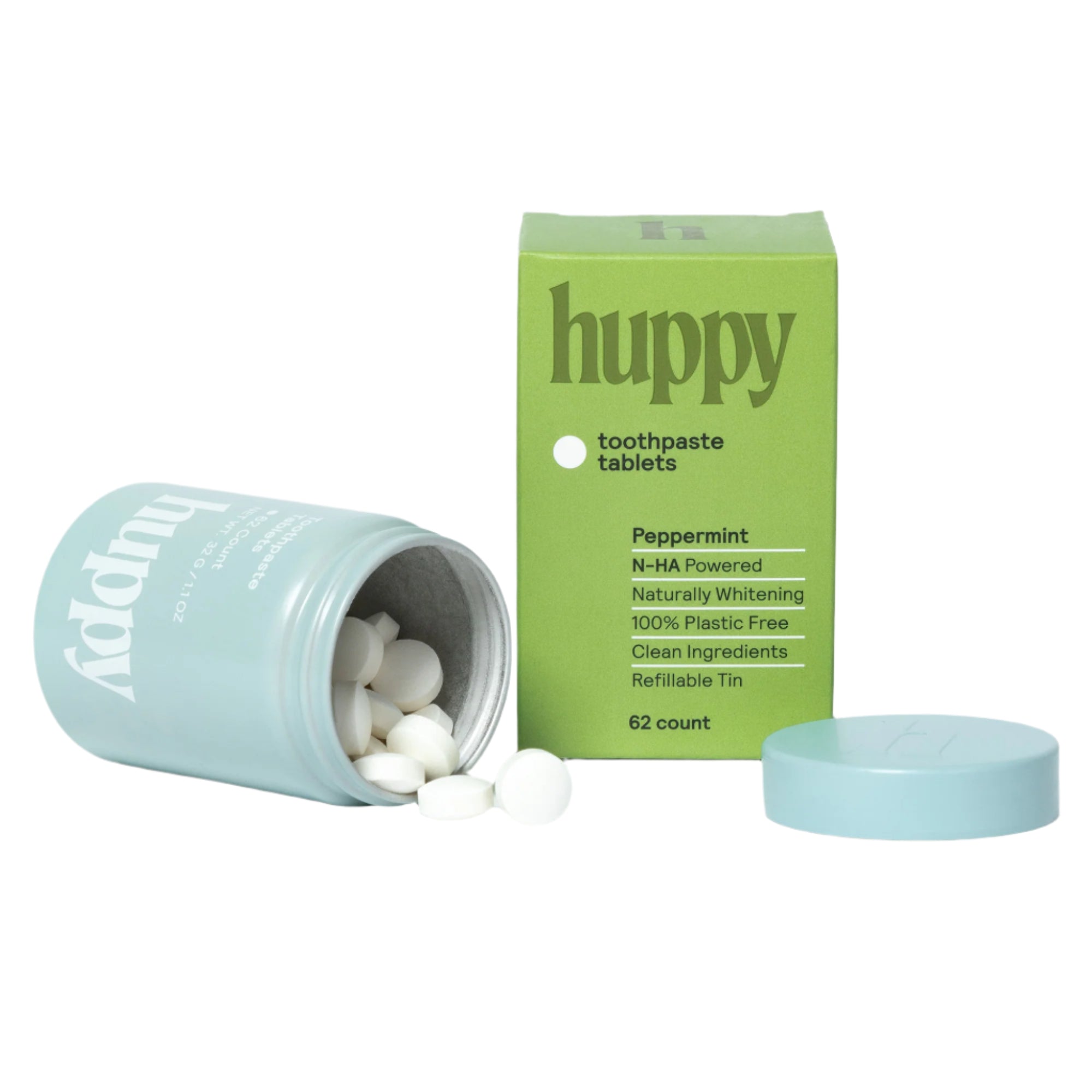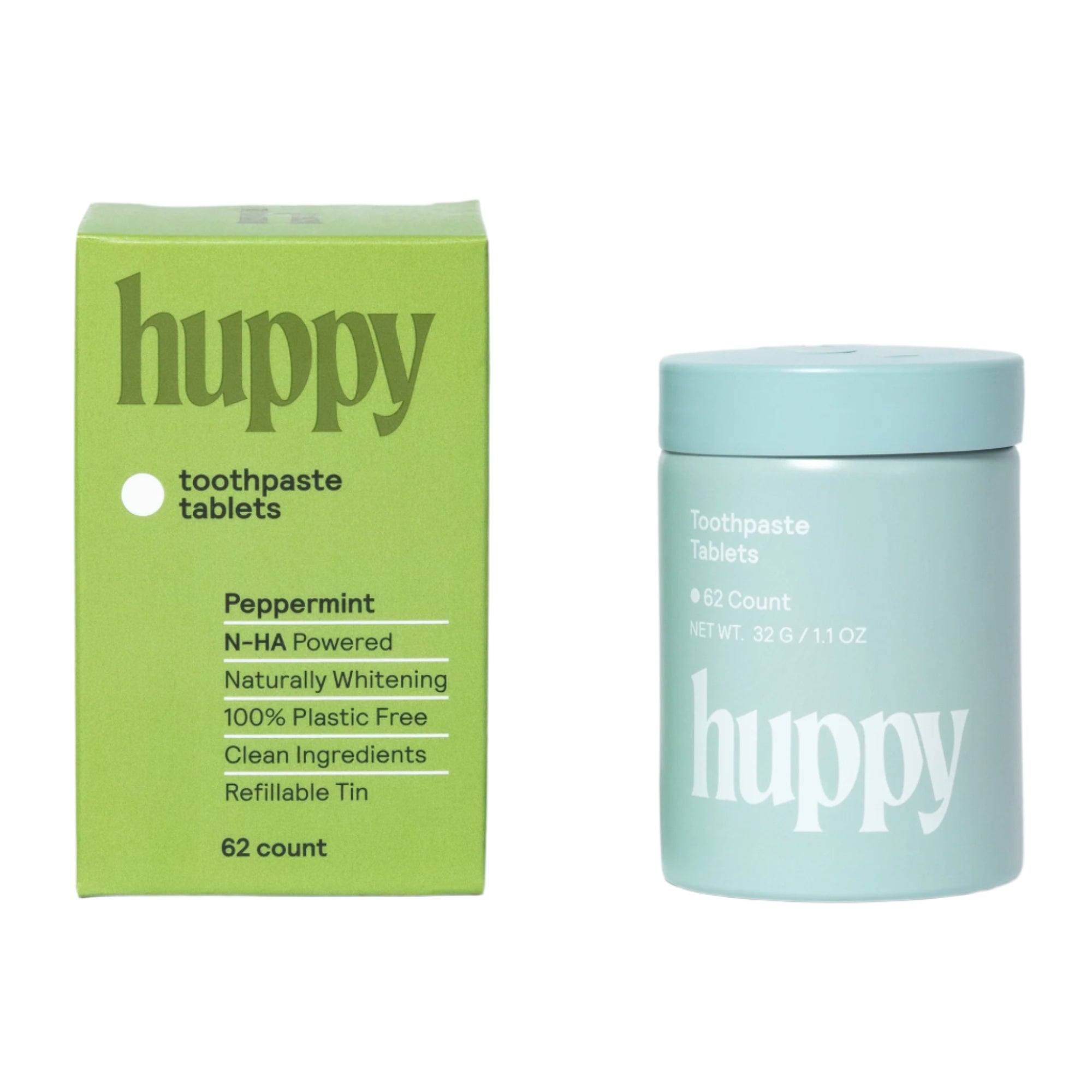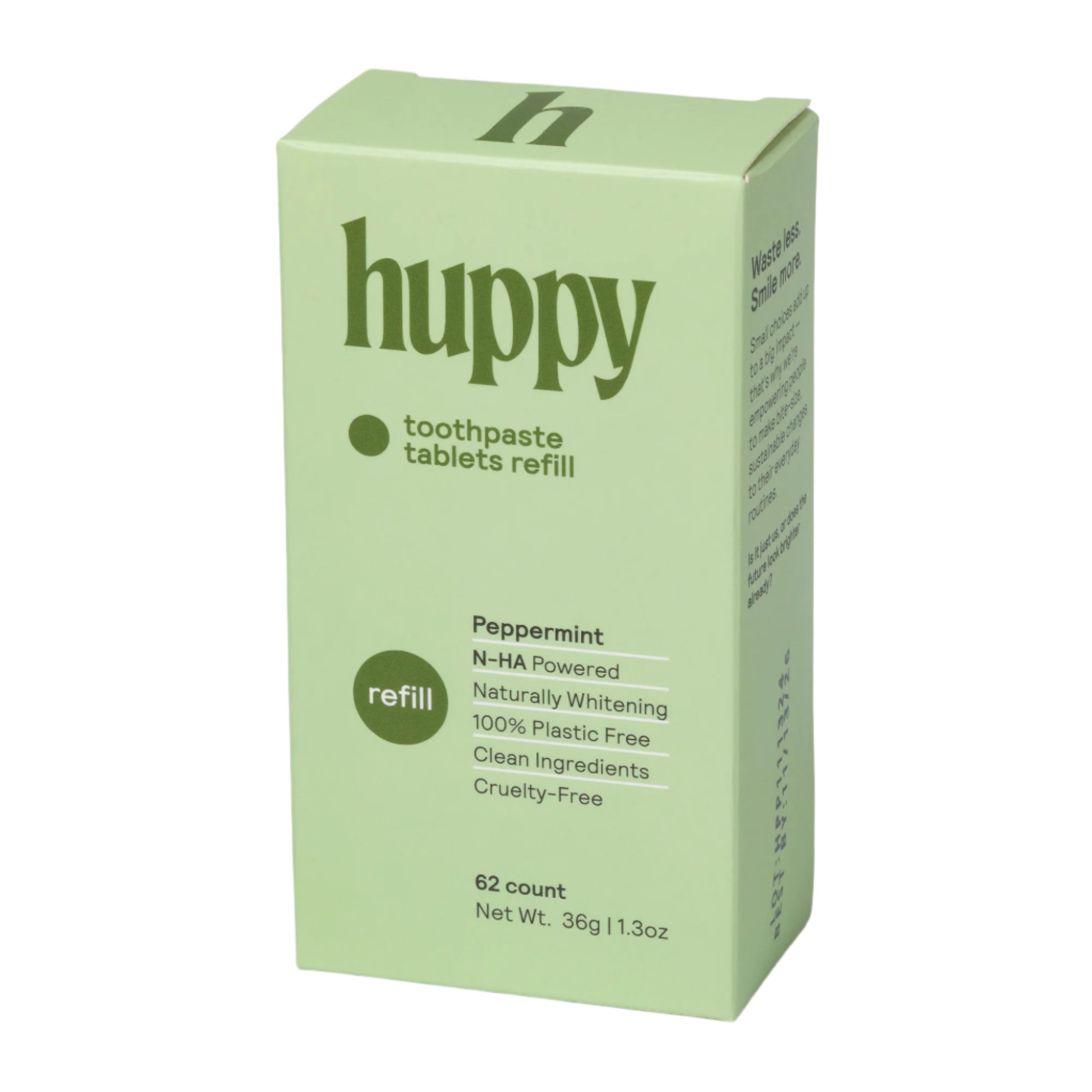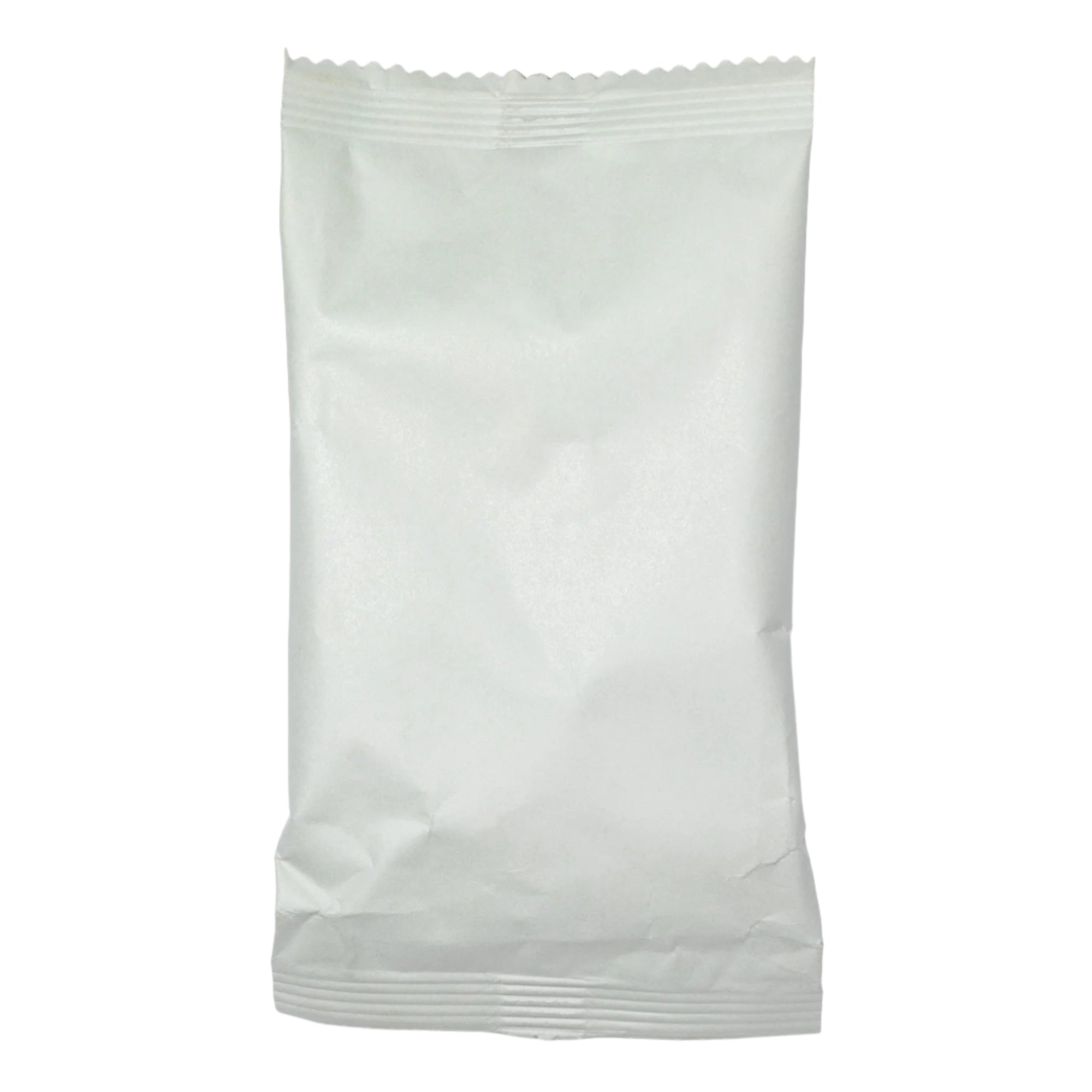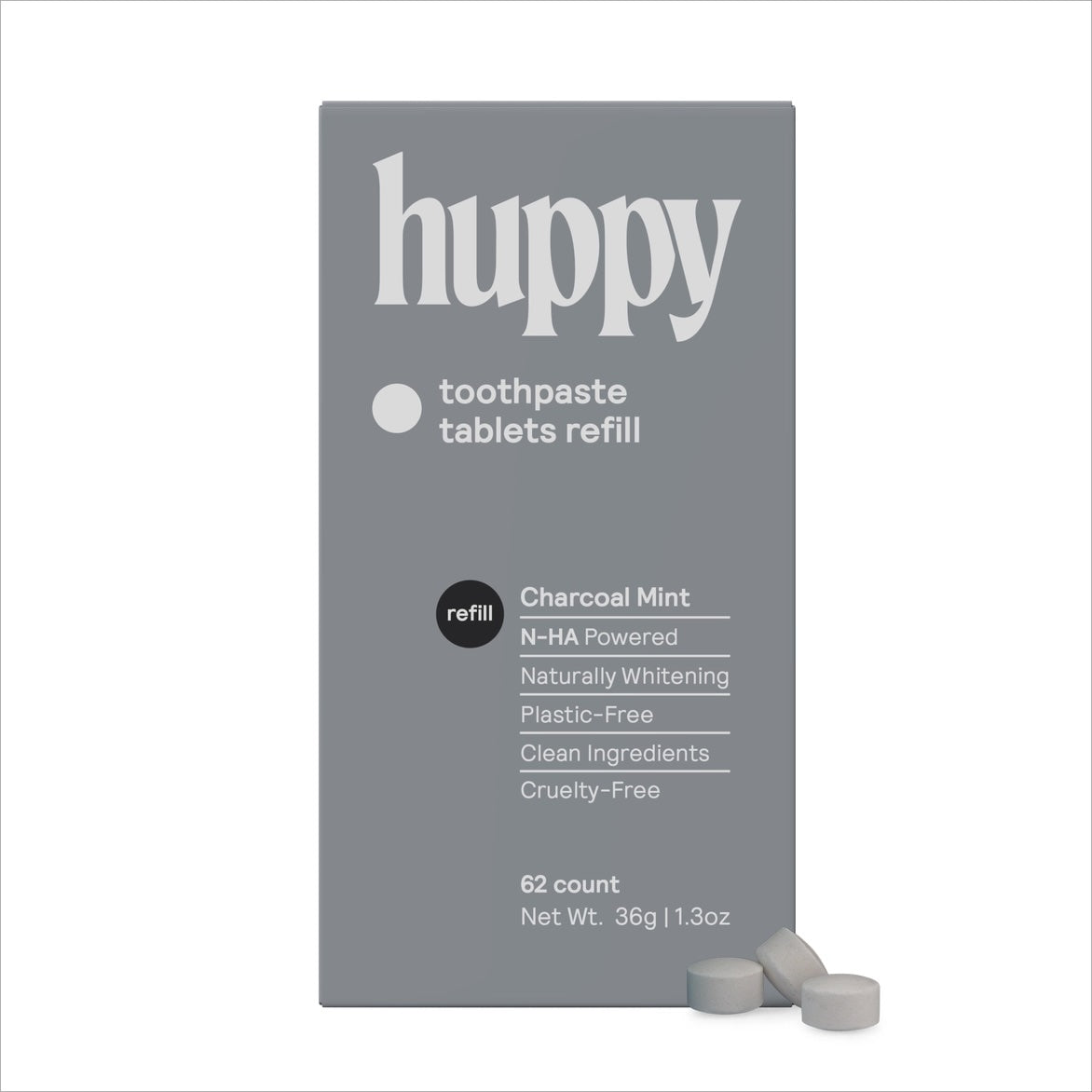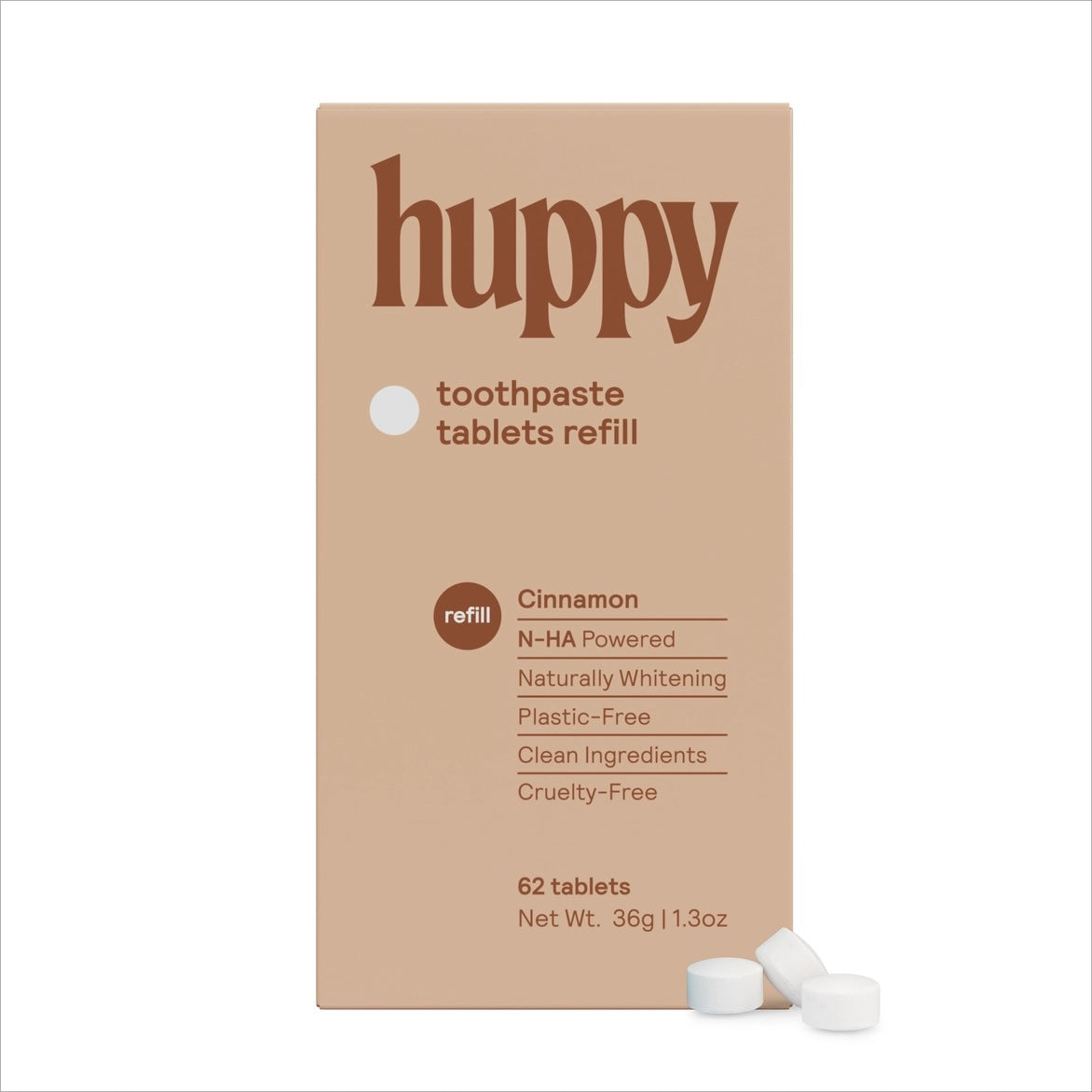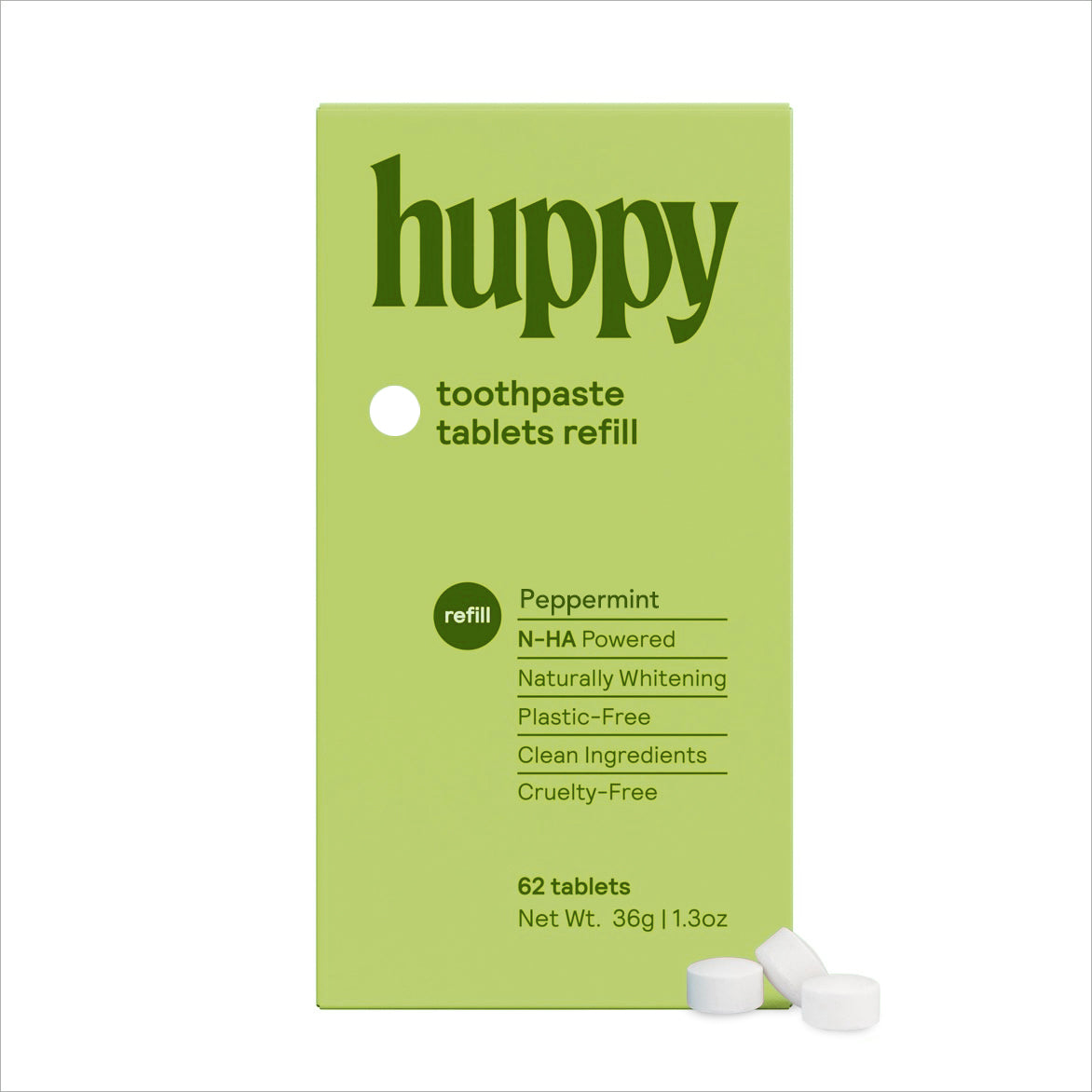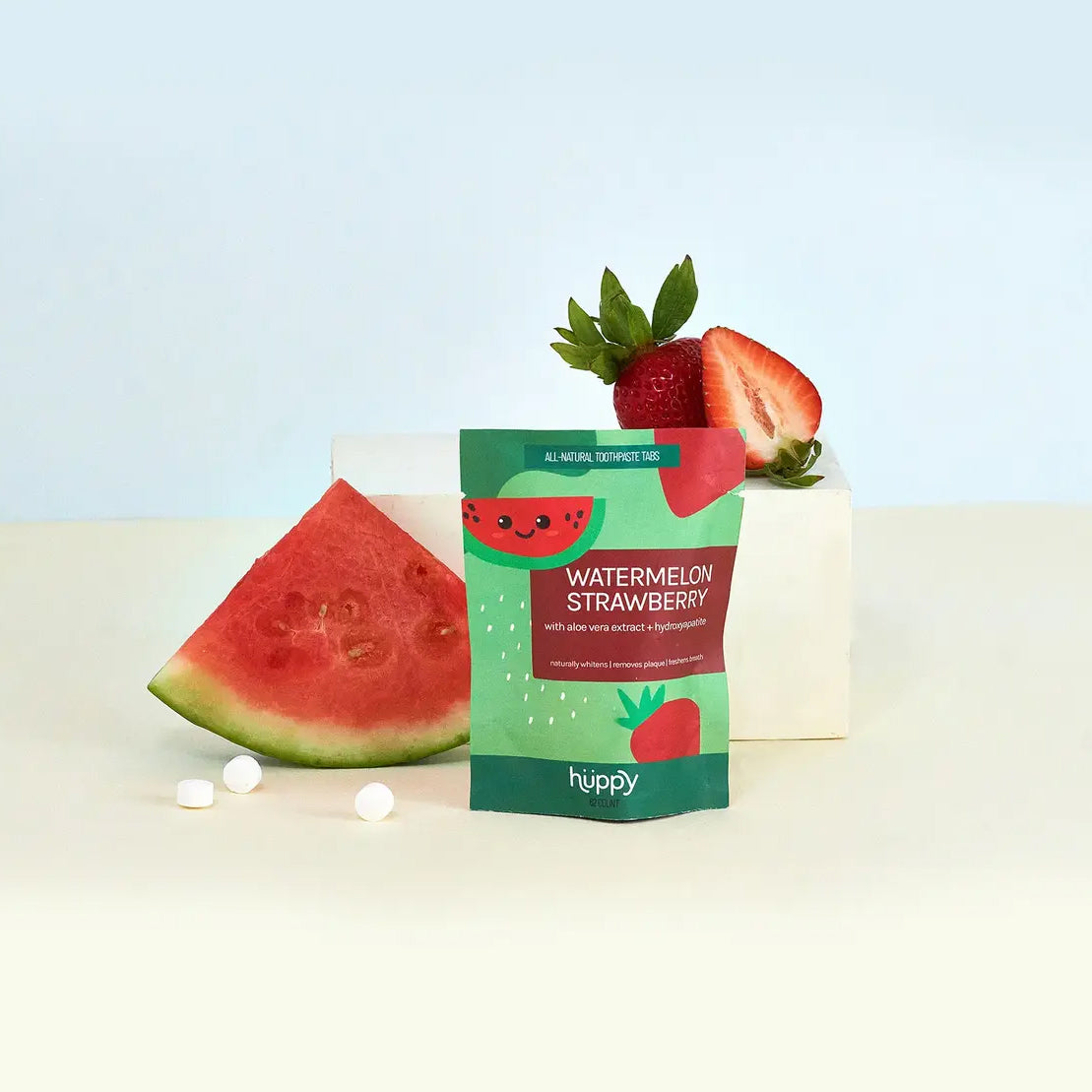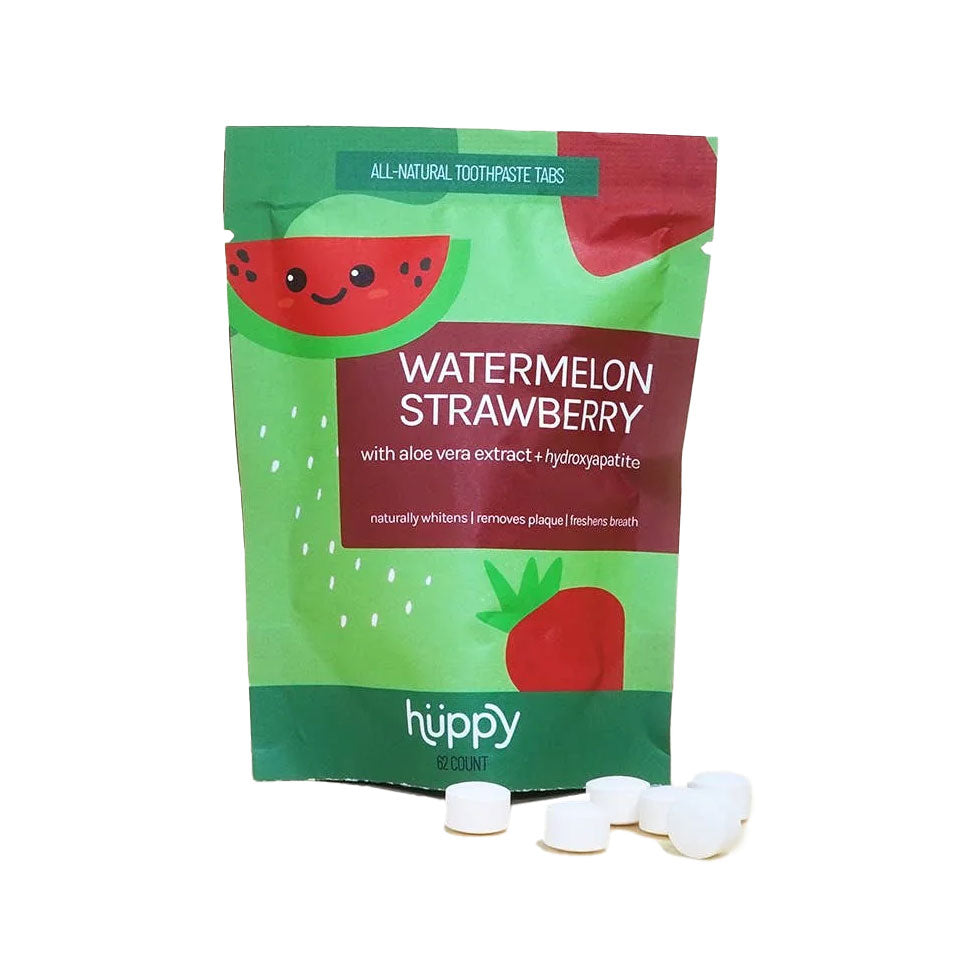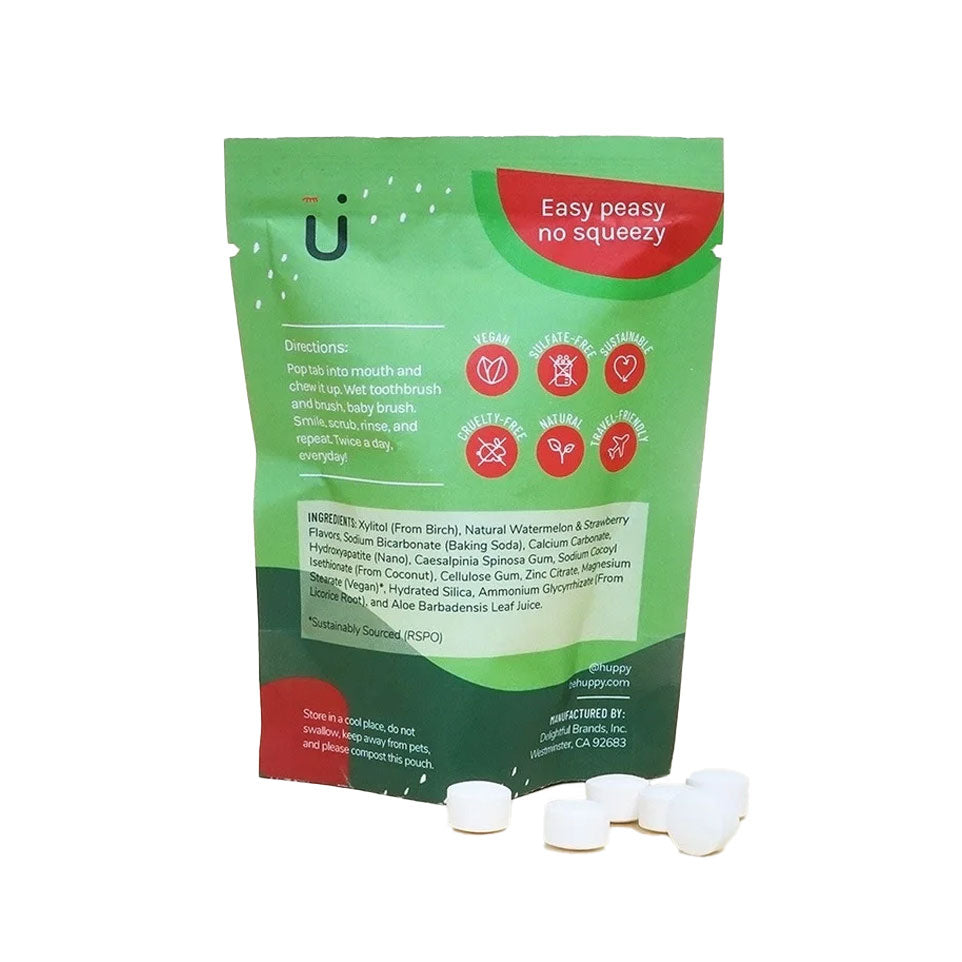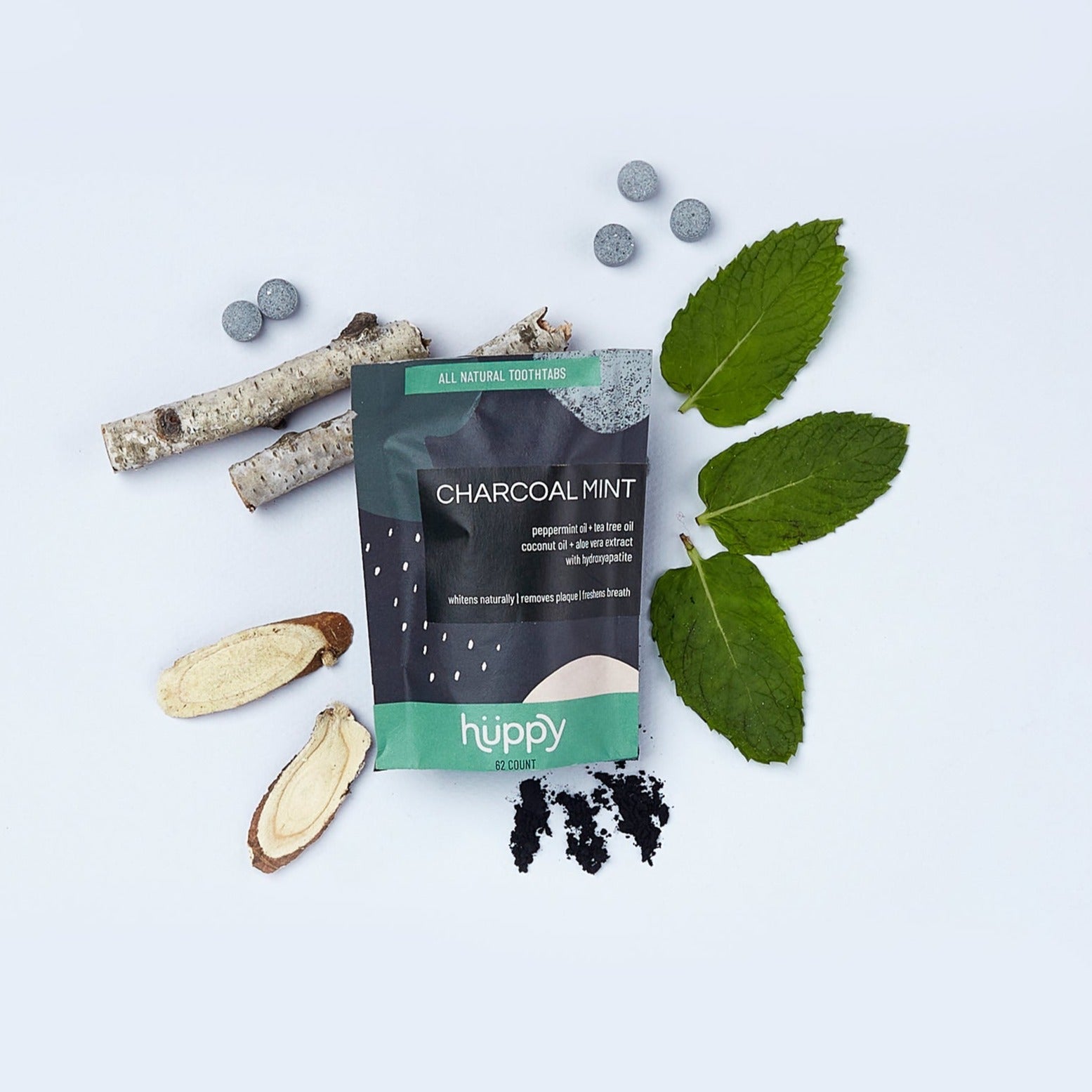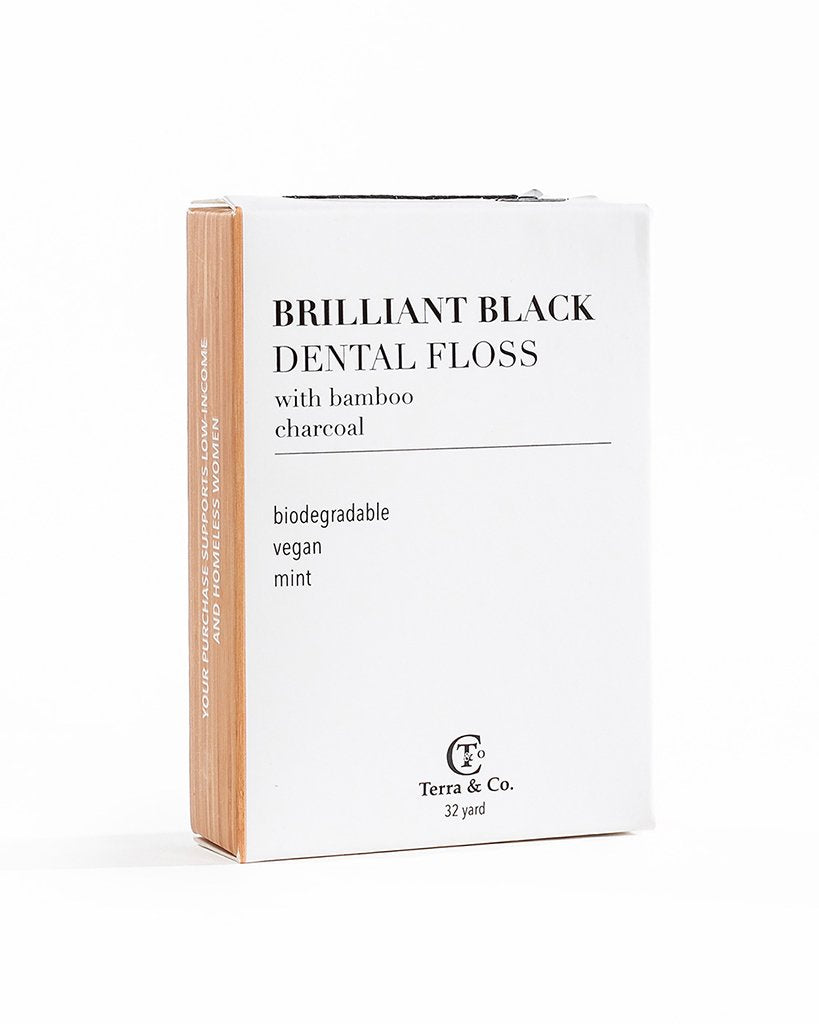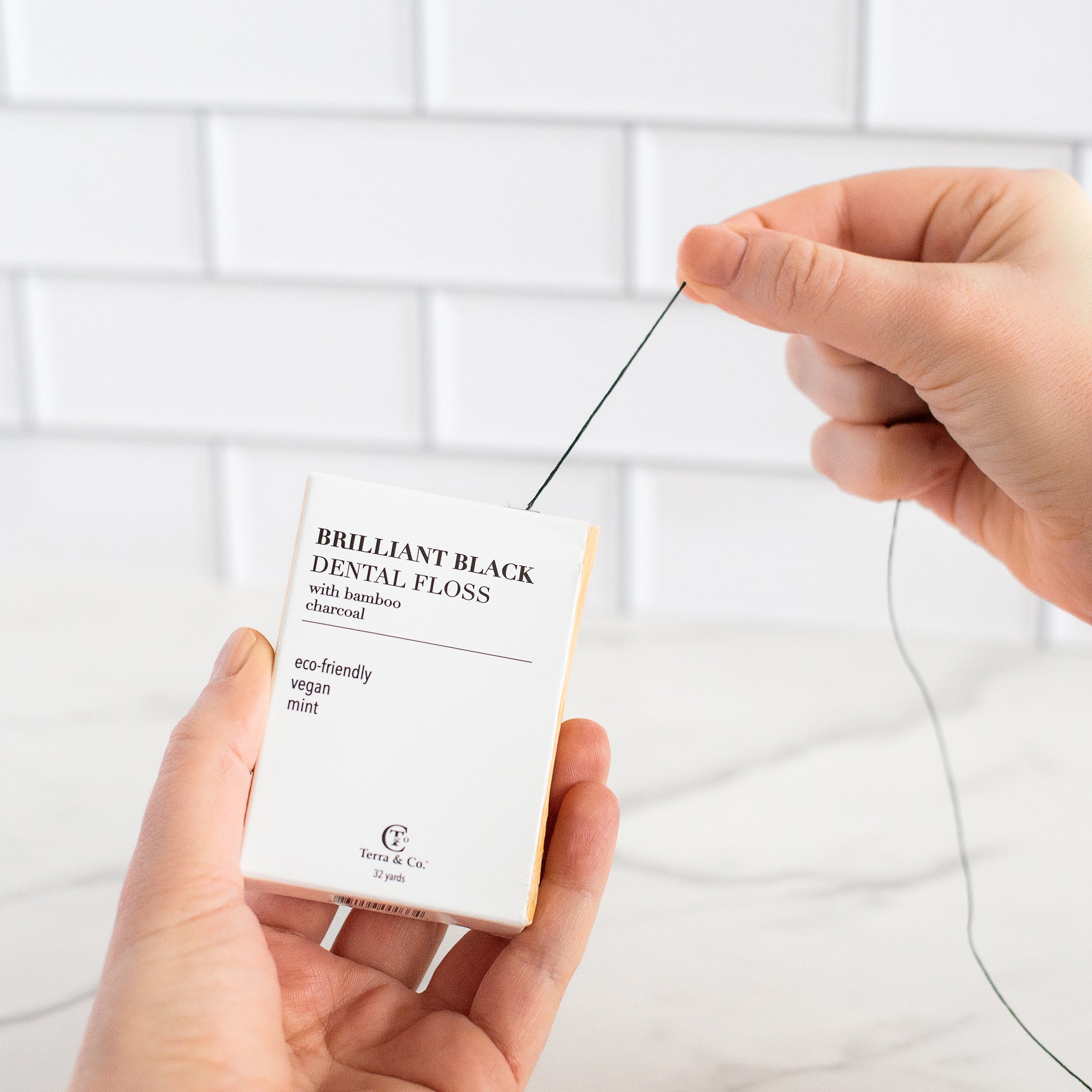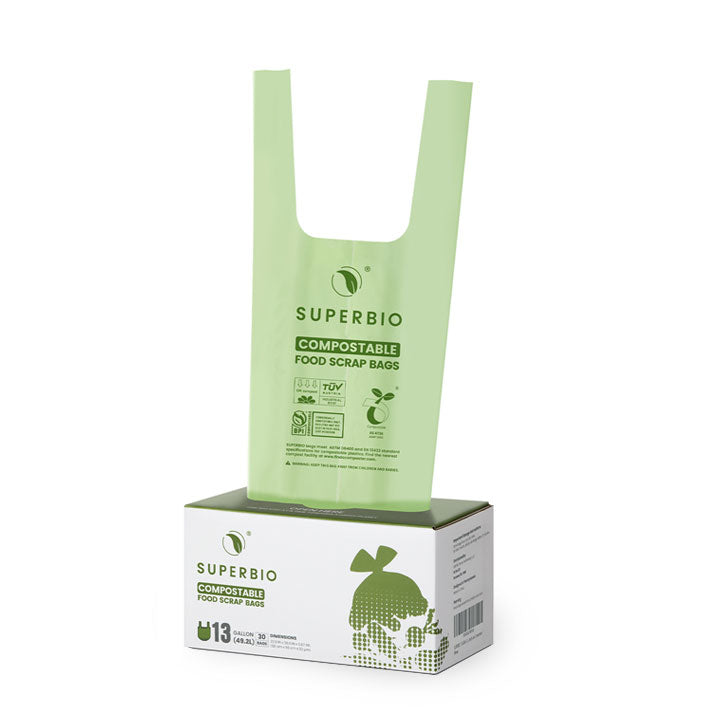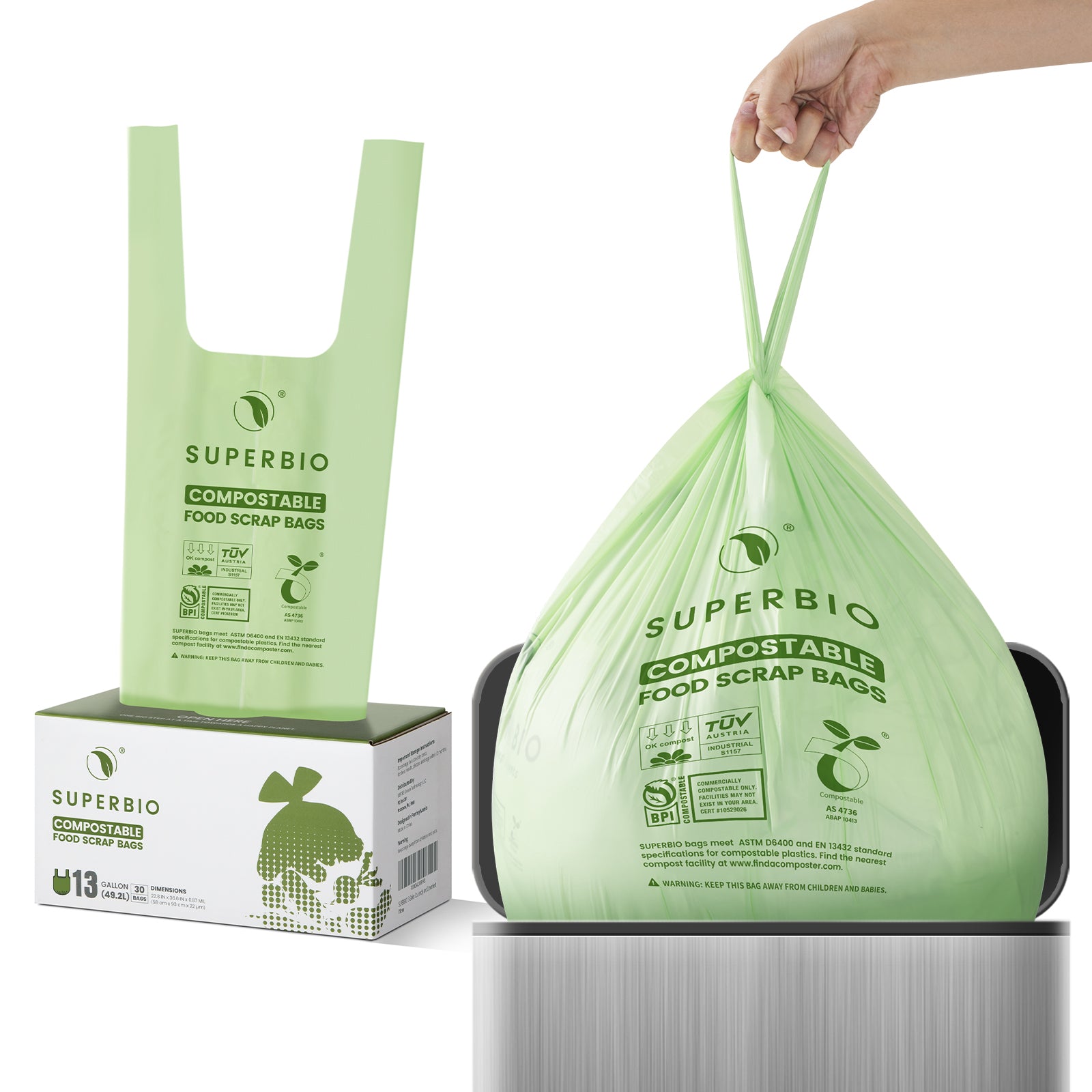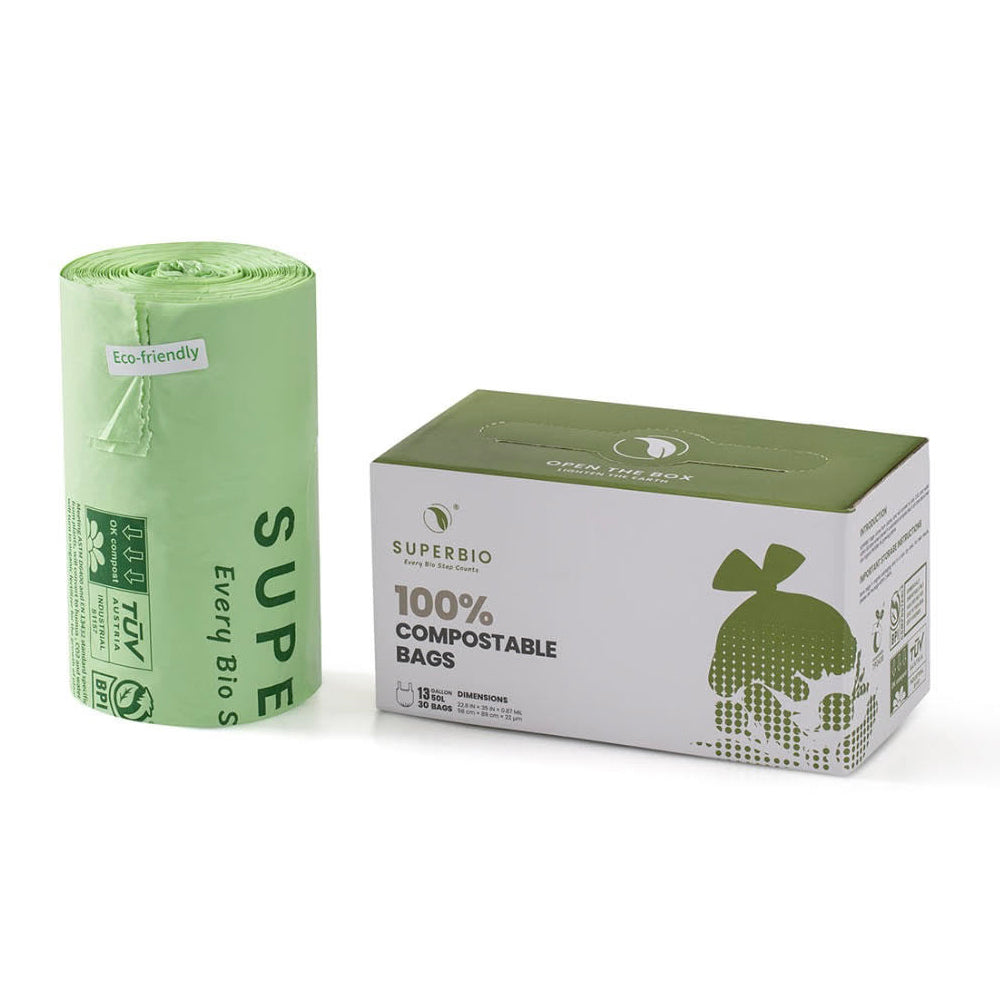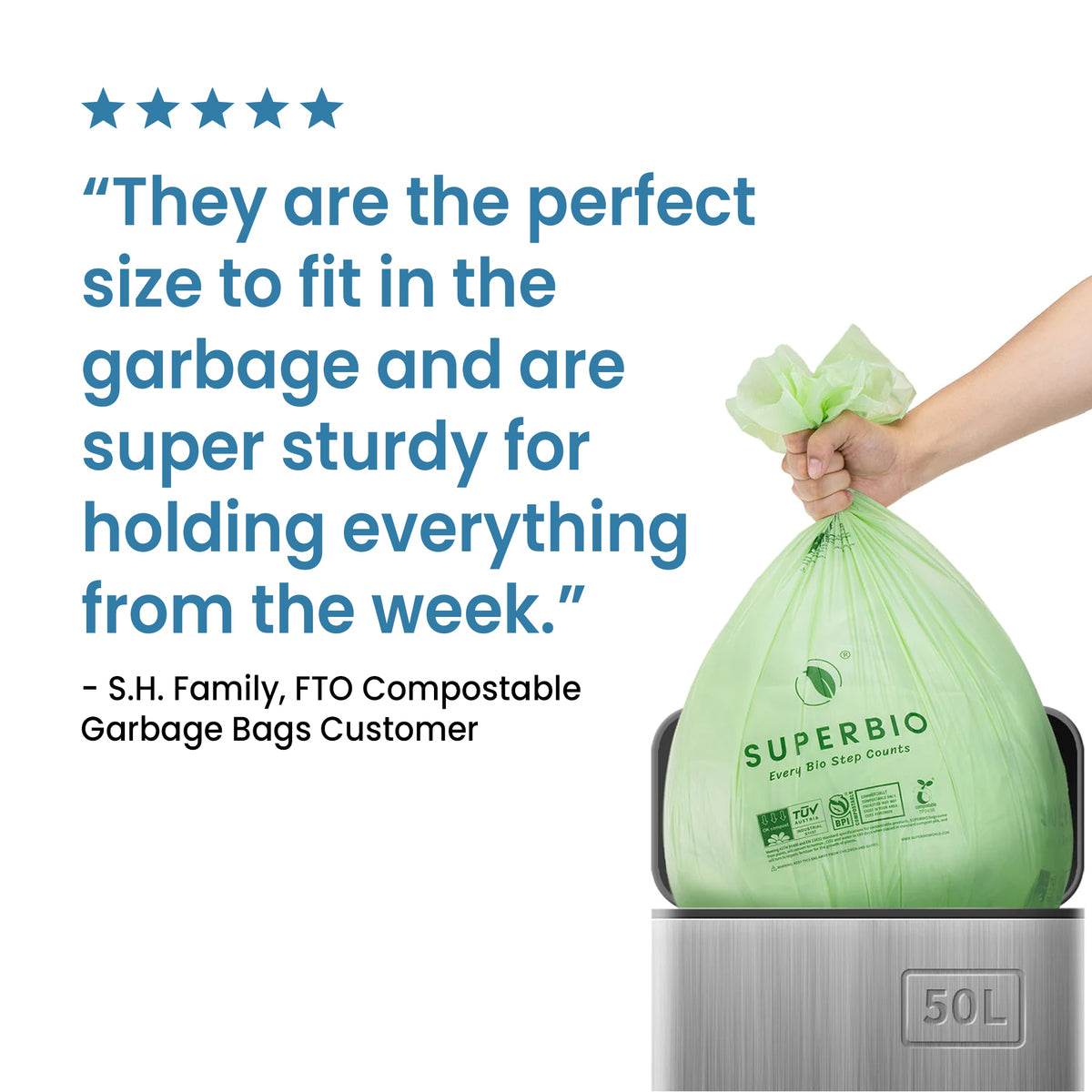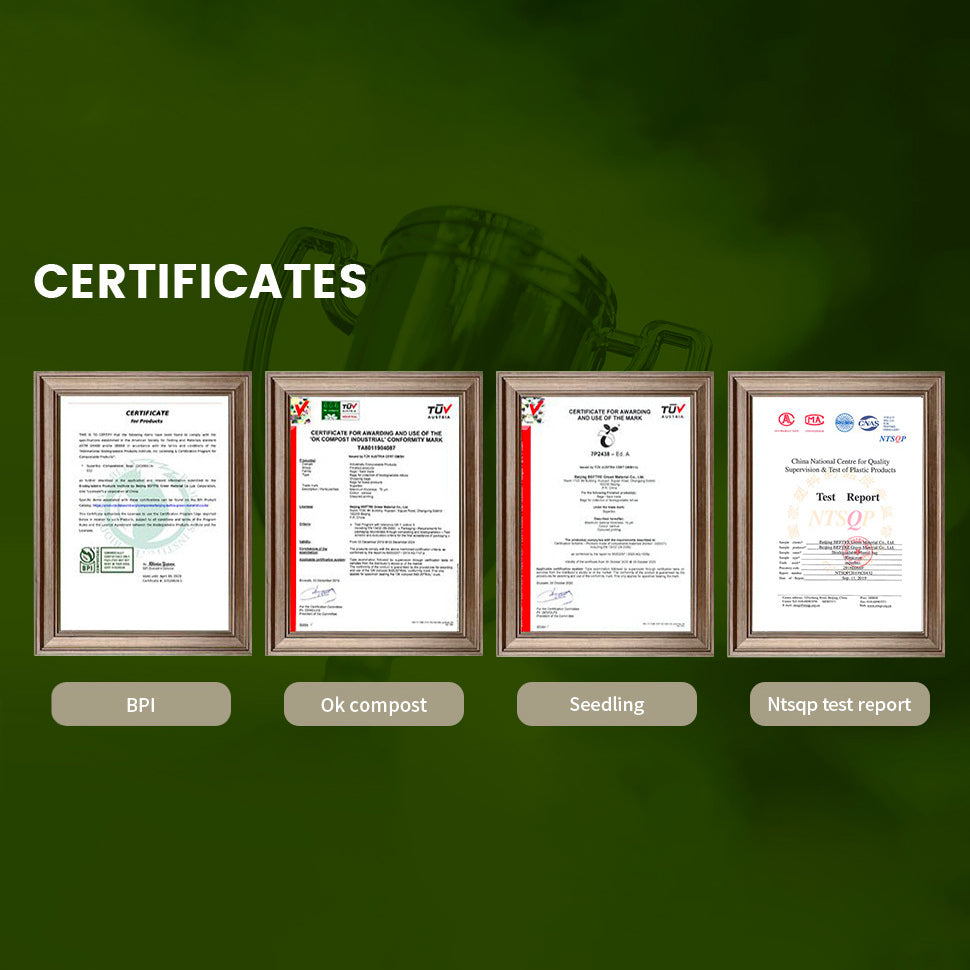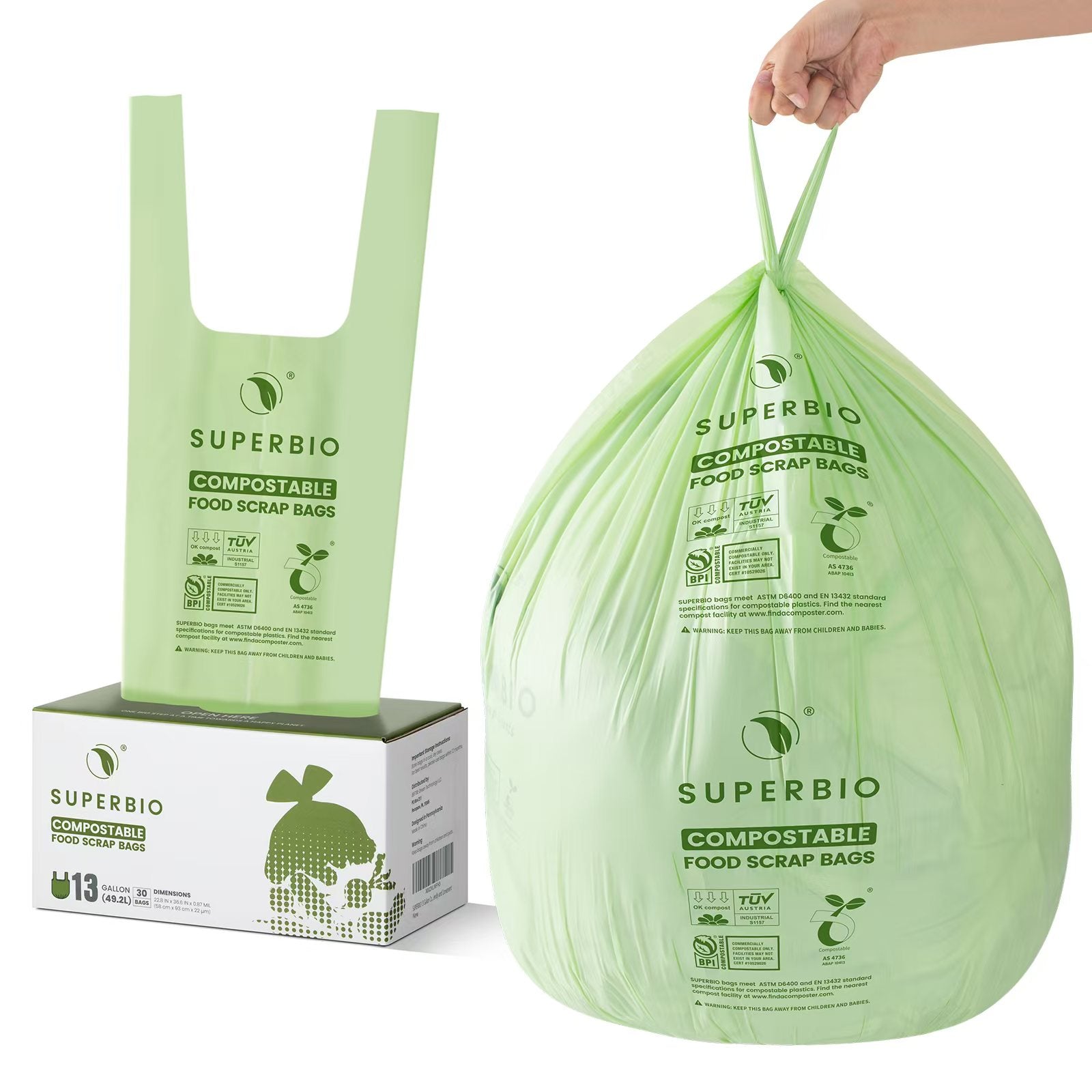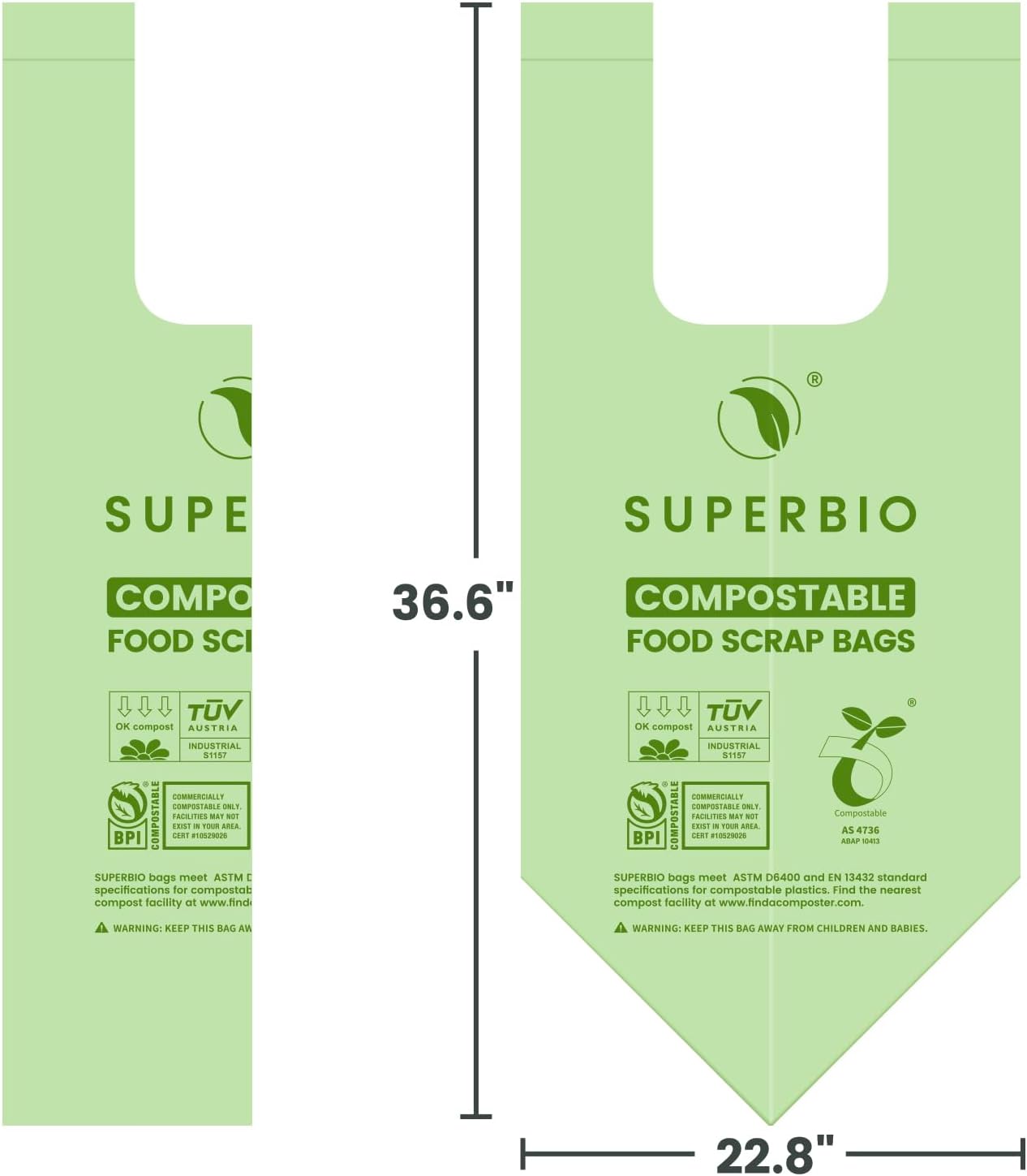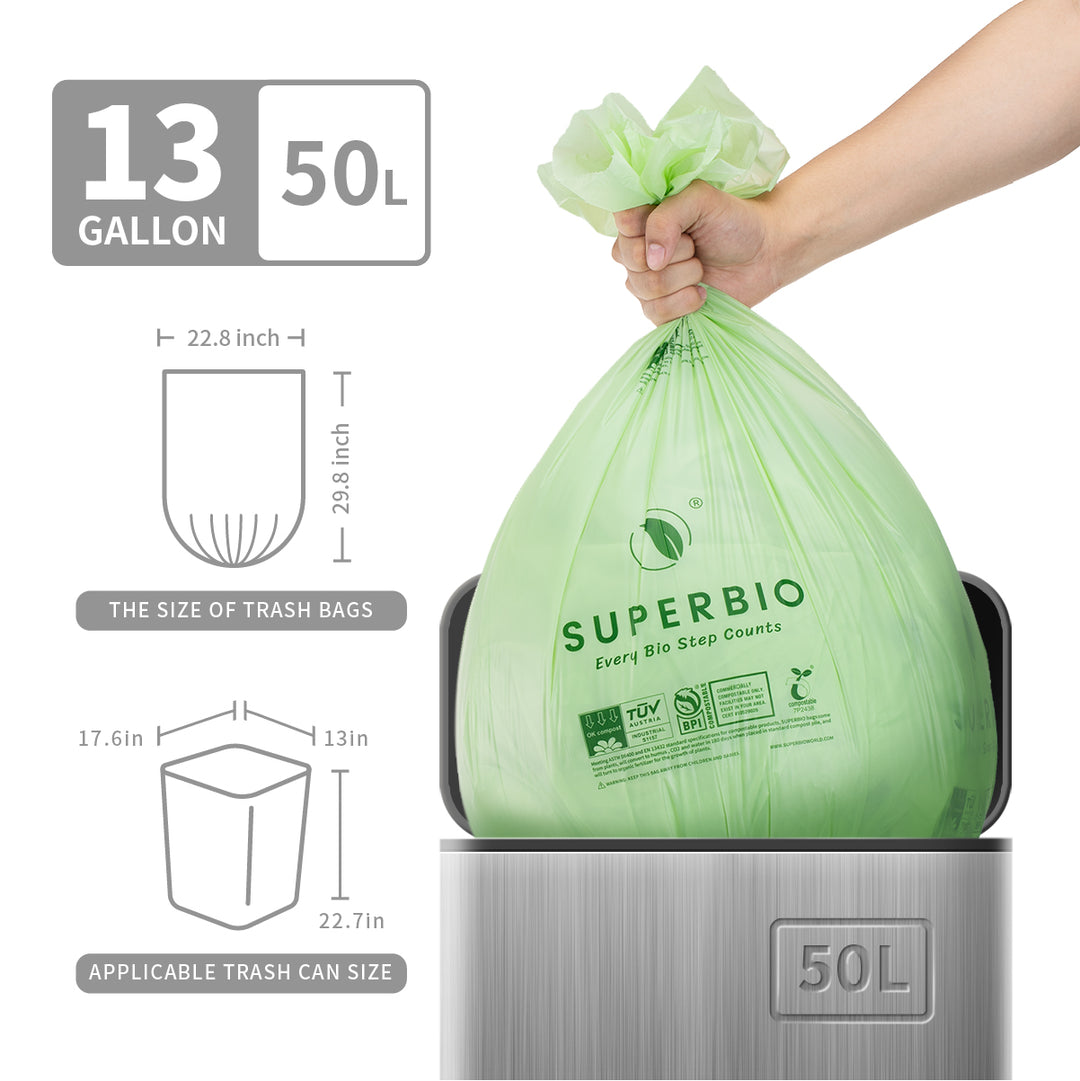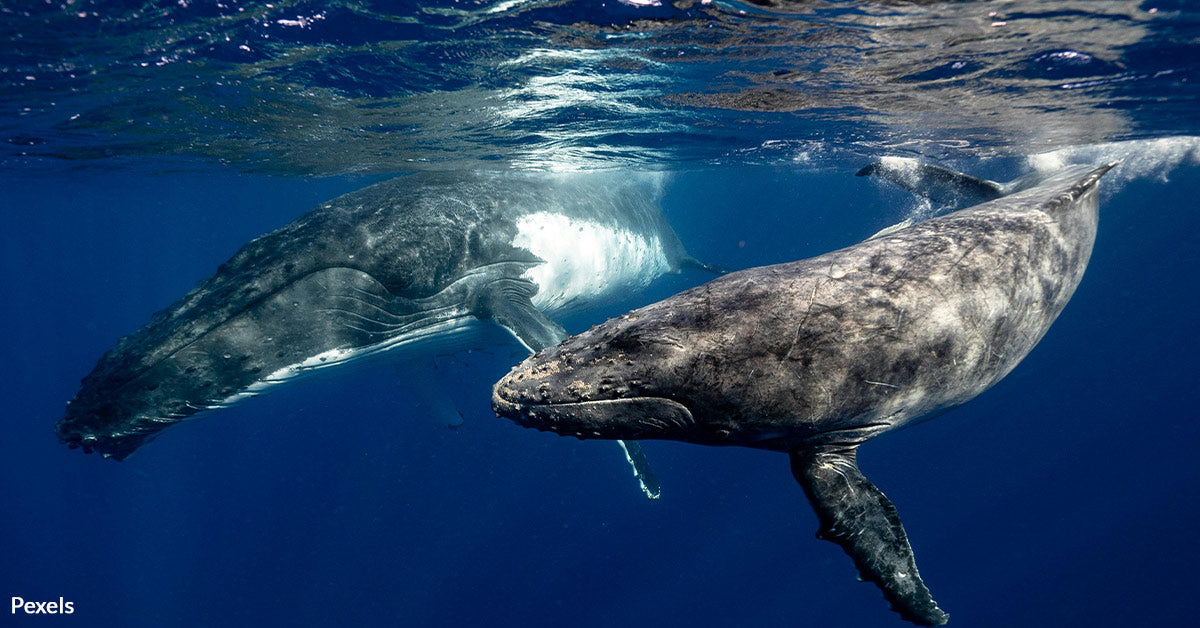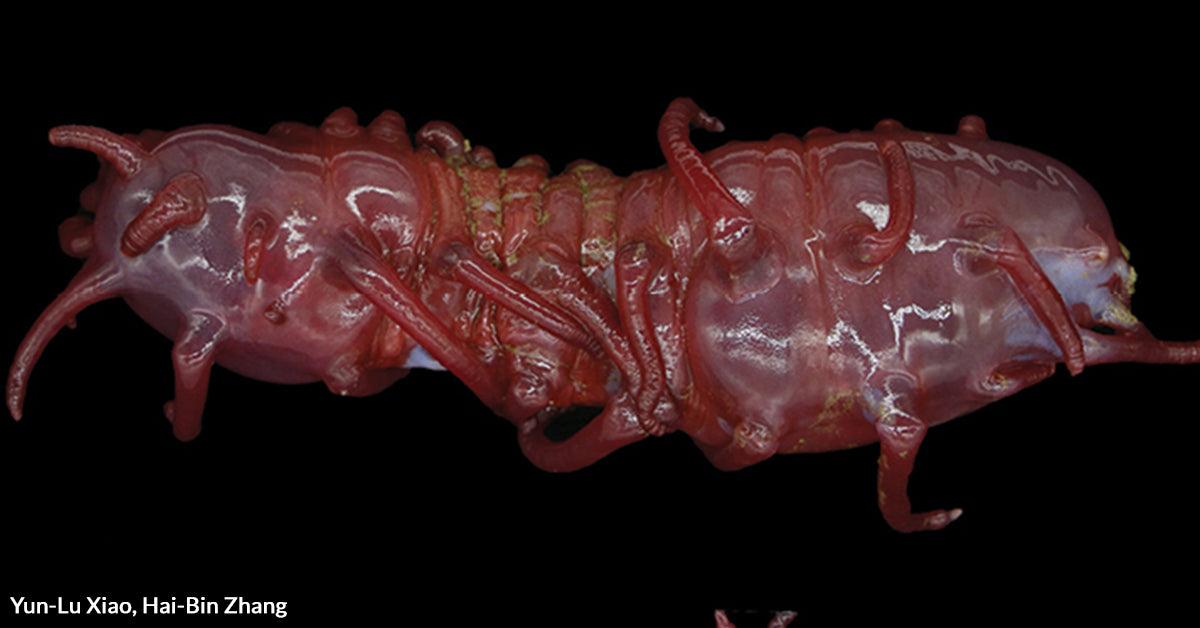Massive Rift Threatens to Reshape Africa With New Ocean
A colossal geological transformation may lie ahead for Africa. Scientists cite tectonic plate movements in East Africa as a possible trigger for a future ocean, which would become the planet’s sixth.
Experts point to fractures in the continent’s crust, a phenomenon that occurs at speeds too slow for everyday notice. Yet some visible cracks have already appeared.

Photo: Pexels
East Africa is splitting along a massive tectonic rift.
Signs of a Dramatic Split
A rift in the Afar region extends across Ethiopia and other East African countries, NBC News reports. It stretches about 35 miles, revealing the line where the Somali plate meets the Nubian plate.
One section of land could break from the mainland over millions of years. This rift caught attention in 2005, when sudden seismic activity exposed deep fissures. The Red Sea and the Gulf of Aden might eventually flood the gap, resulting in a new ocean basin. Lava seeps through narrow splits at certain spots, which indicates a dynamic crust beneath the desert sands.

Photo: Pexels
This split could create Earth’s sixth ocean.
Volume on an Epic Scale
A future ocean in East Africa might release 10,000 billion gallons of water in an epoch-long shift, Surfer reports.
That figure emerged in conjunction with observations from the Afar Triangle, a zone at the junction of three tectonic plates. Changes in that area could reshape coastal maps around the continent. The potential shift may disrupt cities, farmland, and ecosystems.
Some wonder if landlocked nations like Uganda or Zambia would gain access to ocean routes once the earth splits. Few expect this to unfold soon, but subtle movement beneath the surface never pauses.
Photo: Pexels
The rift’s development risks displacing vulnerable communities.
Accelerated Movement Below the Surface
Scientists recently suggested this process unfolds faster than earlier models predicted. Tectonic plates shift at about 0.8 centimeters per year in parts of East Africa, The Daily Galaxy reports. Some measurements indicate a pace that could lead to an oceanic basin in as little as a million years. That window seems vast by human standards, yet it is swift in geologic time. Earthquakes and volcanic bursts in the region can accelerate rifting, forcing plates further apart.
Focus on Erta Ale Volcano
Ethiopia’s Erta Ale, famous for lava lakes, offers clues about how continental crust transforms, Eos observes. Magma sits in shallow chambers under that giant volcano, similar to conditions at mid-ocean ridges. Researchers see parallels to seafloor spreading zones. This may confirm that East Africa is on a path toward true oceanic crust. The region’s thin crust, sometimes less than 20 kilometers thick, suggests a continent in a rift-to-ridge transition.

Photo: Pexels
Millions of years of rifting shaped modern Africa.
Human and Ecological Effects
The East African Rift extends into areas that host vital communities. A gradual but profound change could displace families and reshape agricultural land. Yet new coastlines may offer economic opportunities for trade and fishing, Ecoticias reports. Volcanic features in Afar also provide critical data on Earth’s mantle, which guides scientists as they chart the future of this evolving zone.
The Road to a Future Ocean
Geophysicists believe a new body of water may stand between the Horn of Africa and the main bulk of the continent. According to HowStuffWorks, this transformation might match how the Atlantic formed eons ago. Shifts in the earth happen at a trickle. Yet rifting events are far from peaceful. Earthquakes, magma surges, and unexpected fissures can alter landscapes in days or weeks. Over millions of years, even a small shift each year adds up to a profound rearrangement of land and sea.
The thought of an emerging ocean raises hope and anxiety in equal measure. Some envision new marine habitats and novel trade routes. Others raise concerns about upheaval and migration. Either way, the African Rift system offers a rare look at the birth of an ocean in real time.





























































































